ANDREI CERVANTES
HUMAN-CENTERED LEADER TYPE
IN OTHER WORLDS: DESIGN DIRECTORDESIGN CONSULTANTDESIGN STRATEGISTDIRECTOR OF EXPERIENCE DESIGNHEAD OF DESIGN STRATEGYHEAD OF EXPERIENCEDESIGN THINKING LEADDESIGN ADOPTION LEAD
Through design principles, I establish the conditions for and lead teams toward outcomes of compelling value, in a rapid and low-risk manner. Keep going to understand the different roles I serve to be able to do so.
SOME DAYS, I'M A UNIFIER
THE QUESTION
THE DISCOVERY
THE APPROACH
THE OUTCOME
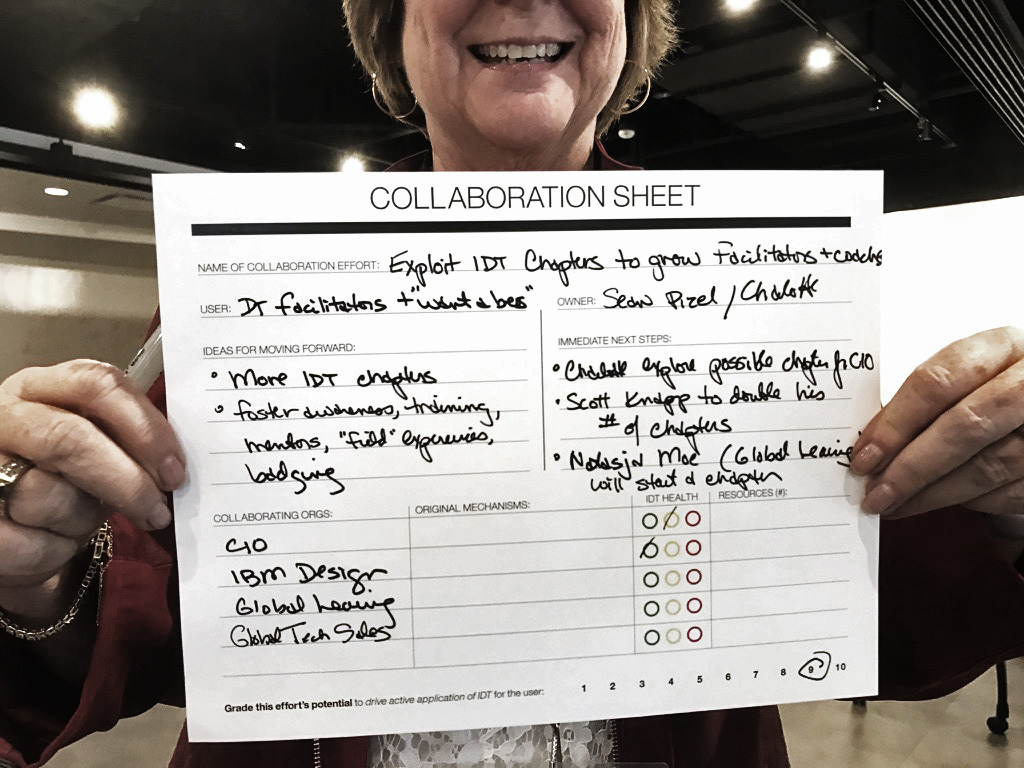
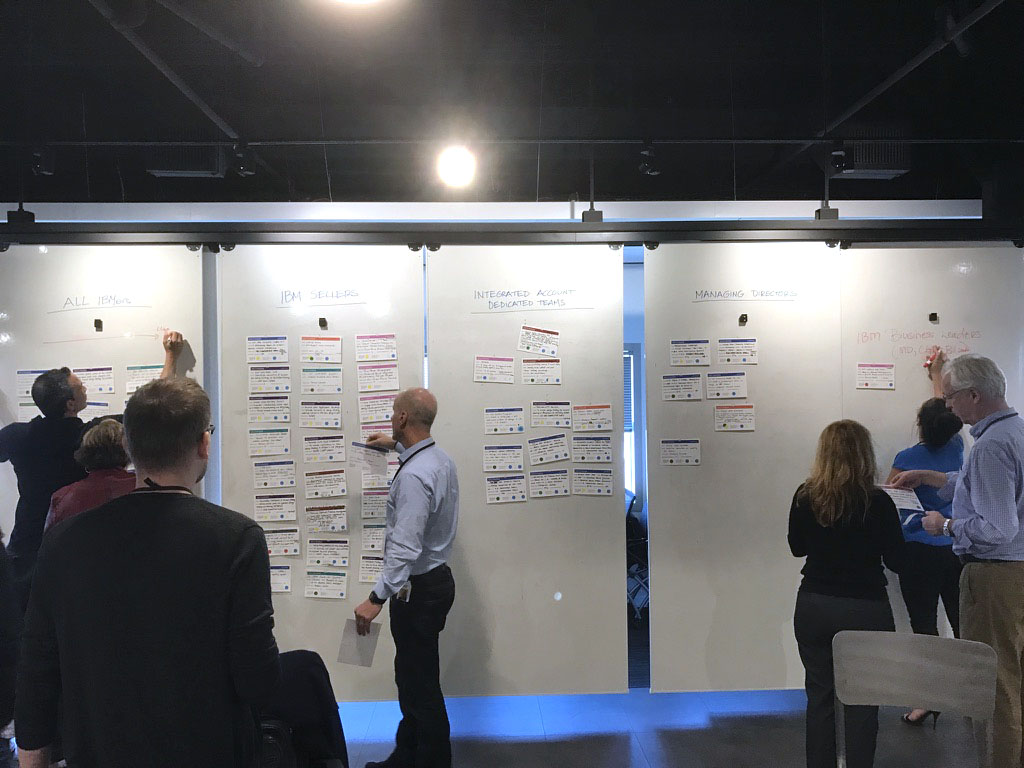
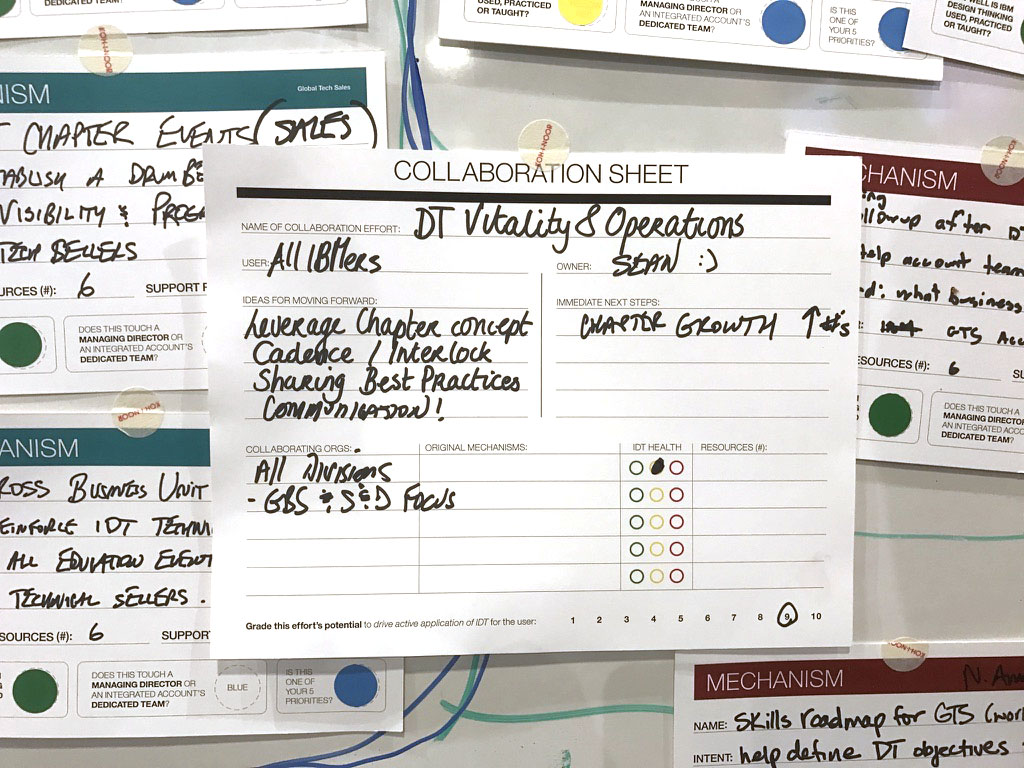

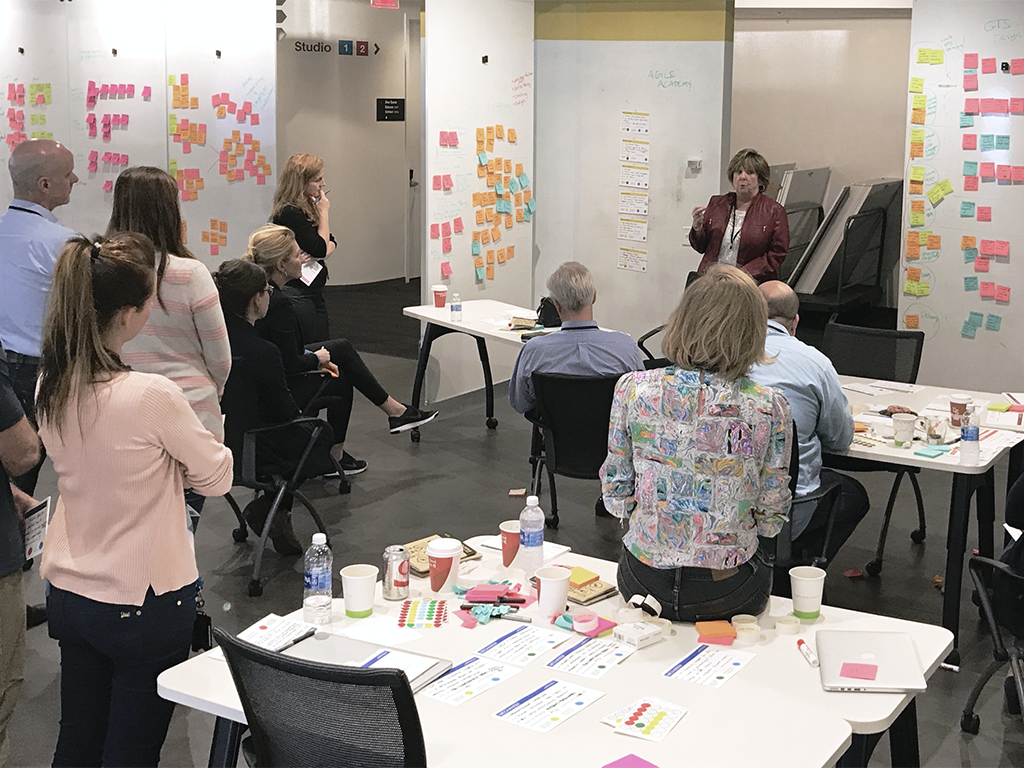
THE QUESTION
THE DISCOVERY
THE APPROACH
THE OUTCOME

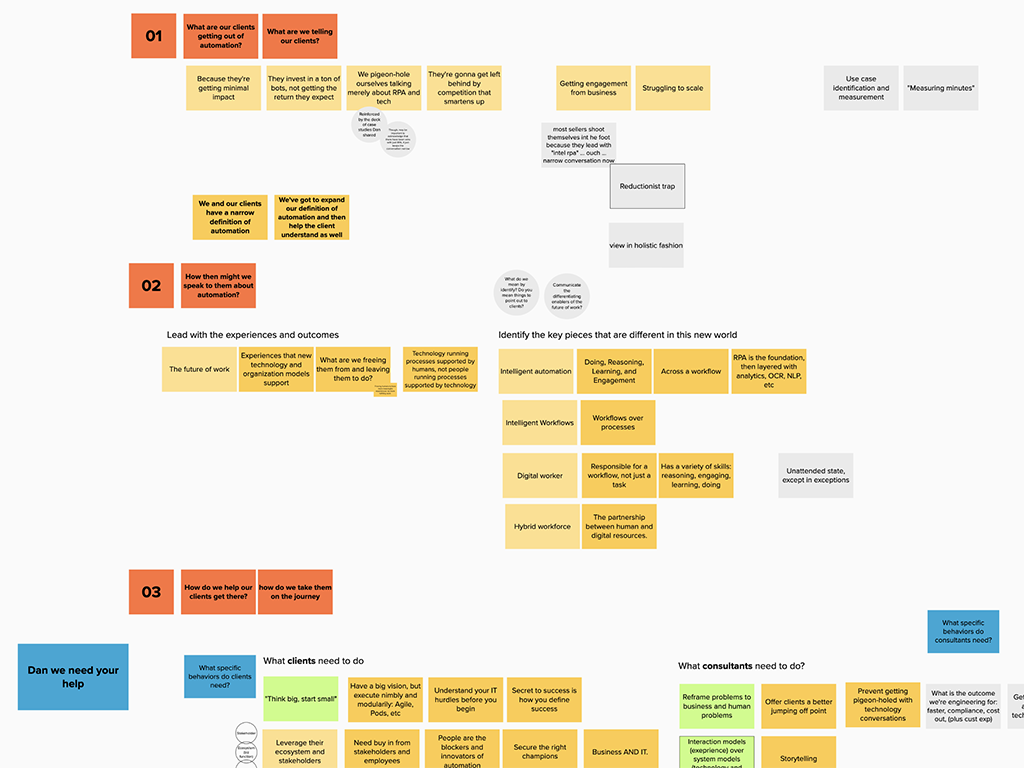
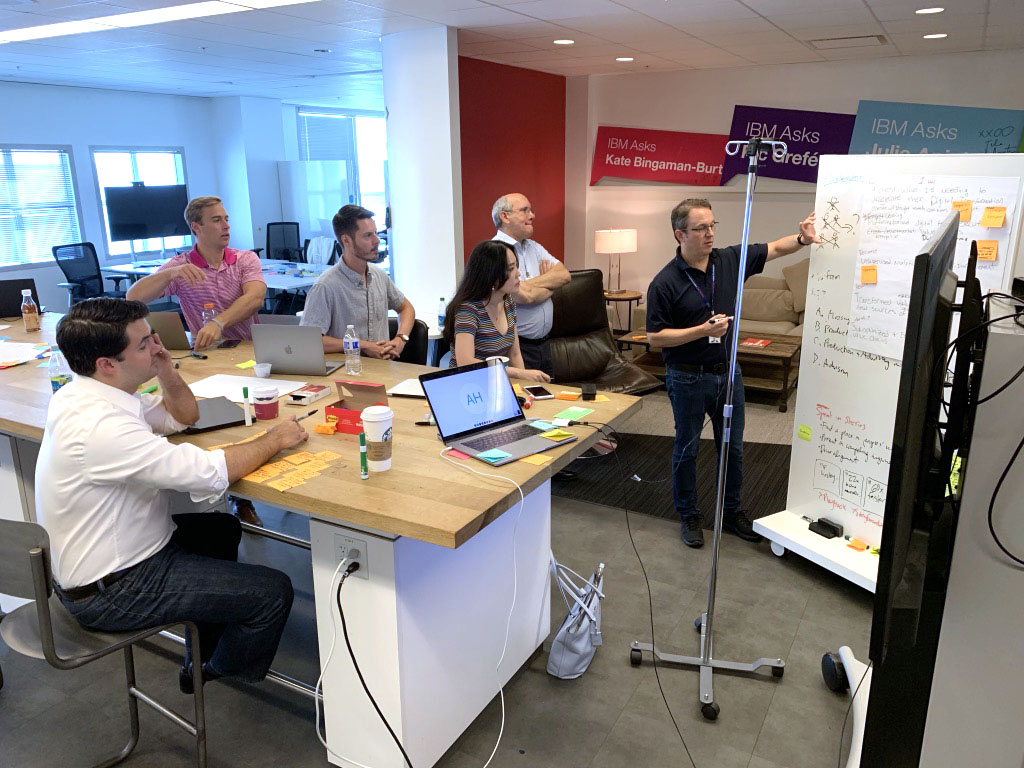
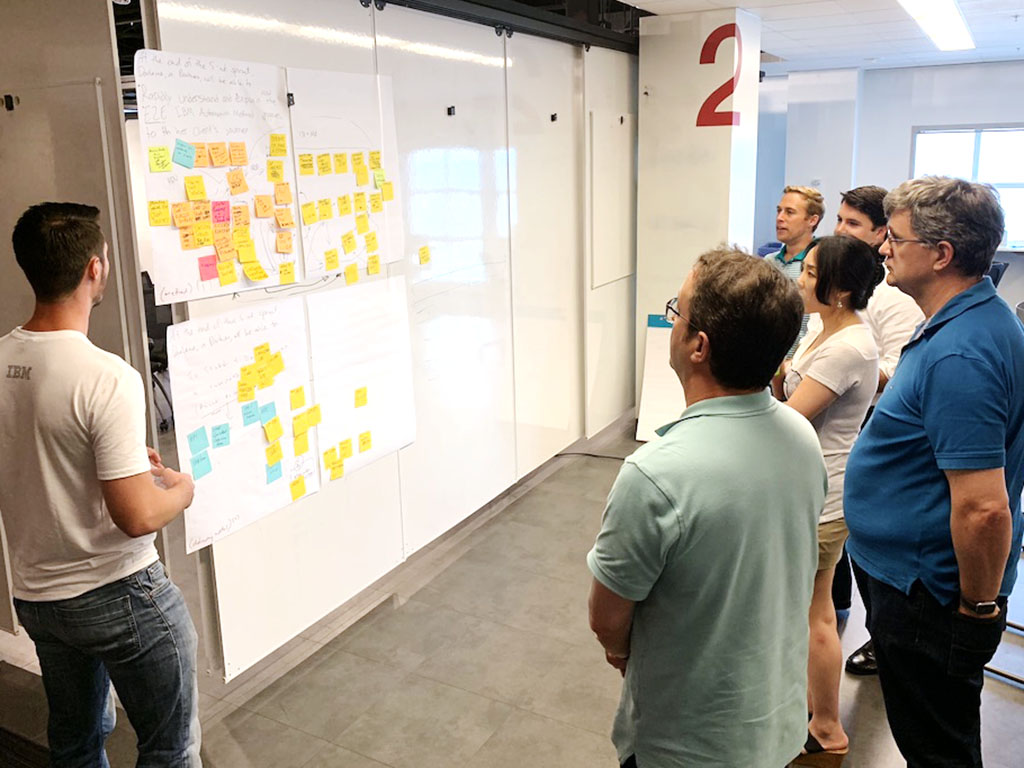
THE QUESTION
THE DISCOVERY
THE APPROACH
THE OUTCOME
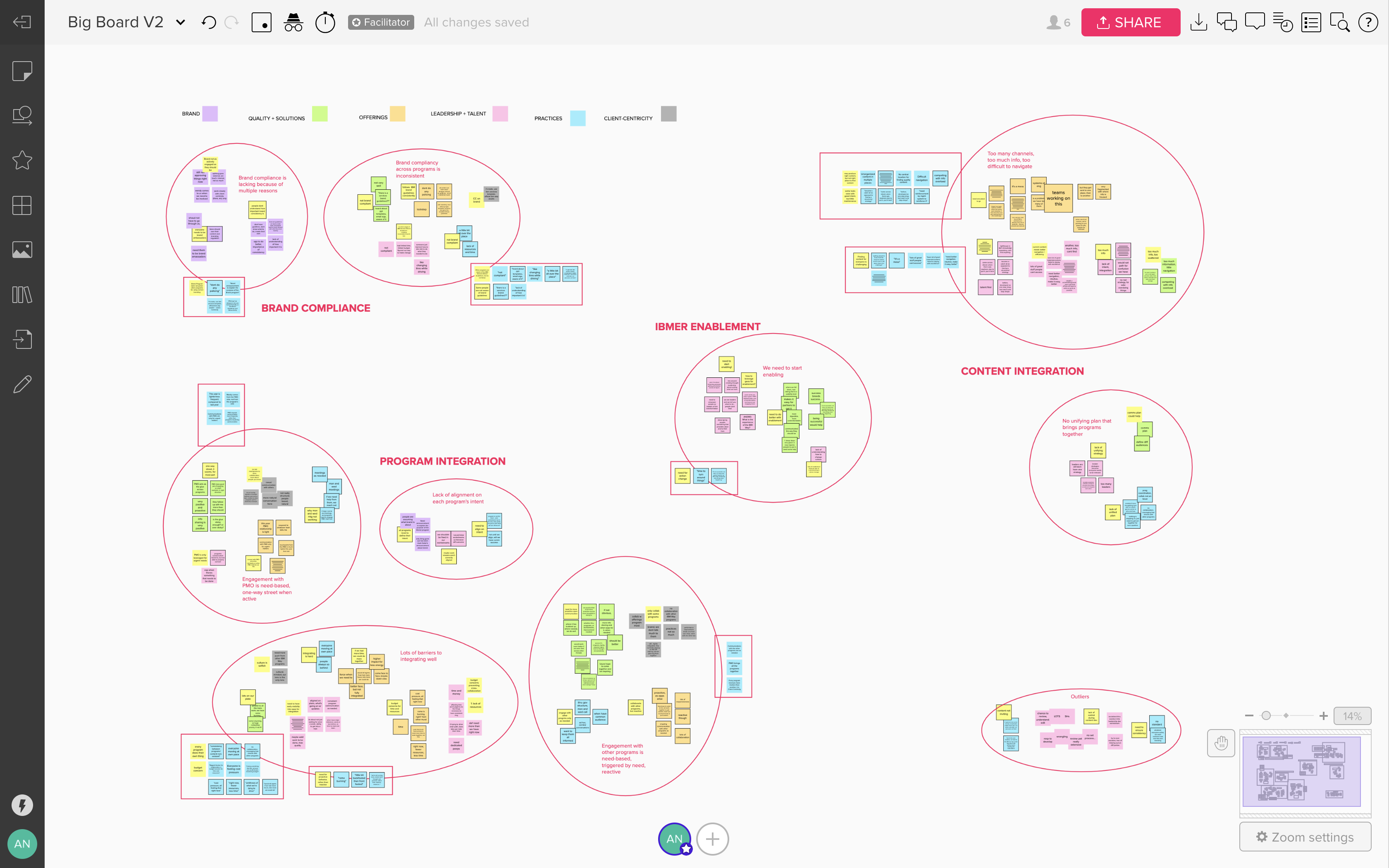


OTHER DAYS, I'M A PROBLEM SOLVER
THE QUESTION
THE DISCOVERY
THE APPROACH
THE OUTCOME












THE QUESTION
THE DISCOVERY
THE APPROACH
THE OUTCOME
Remember, NPS spans 200 points, from -100 to +100. 50 is considered a great score.
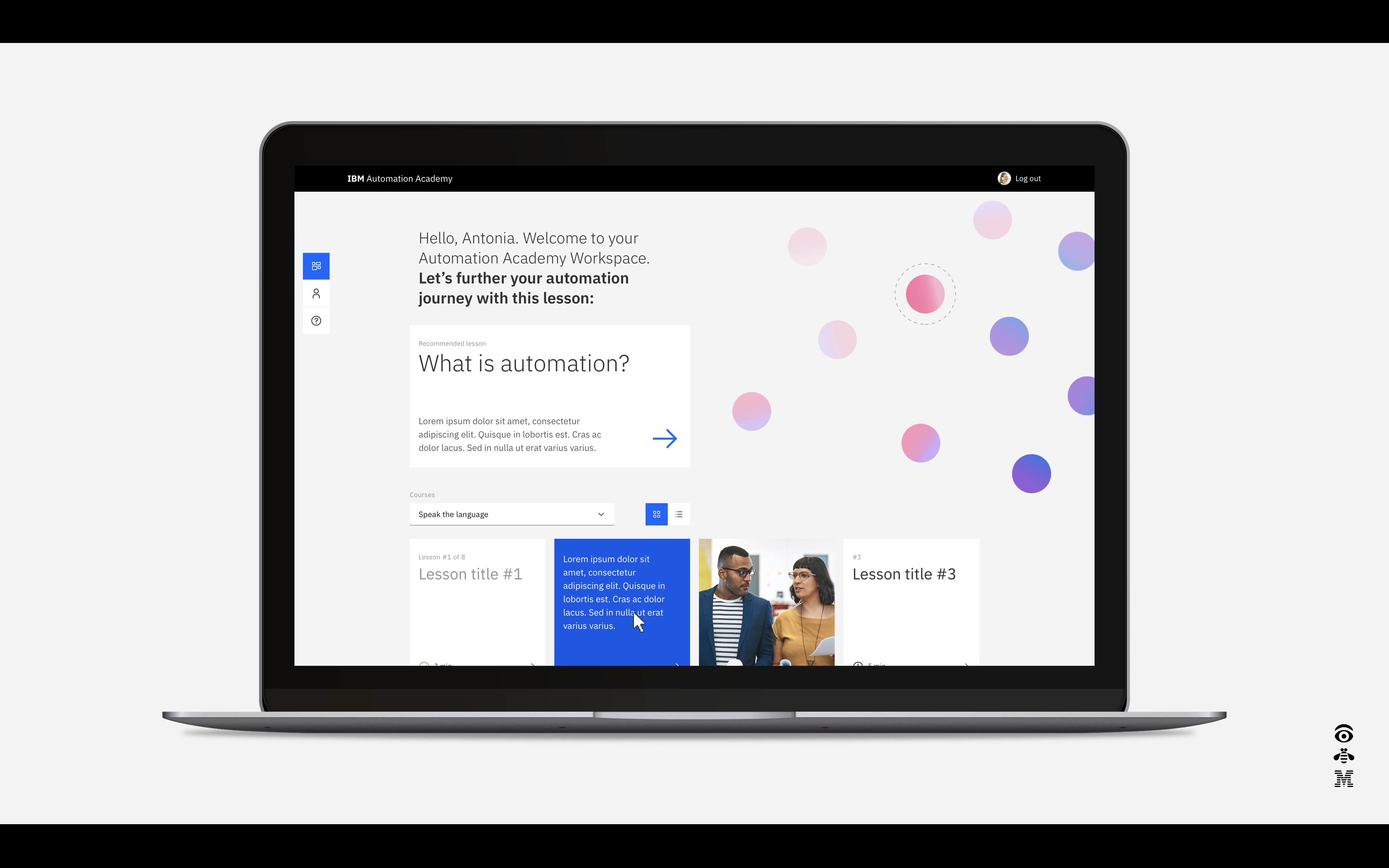
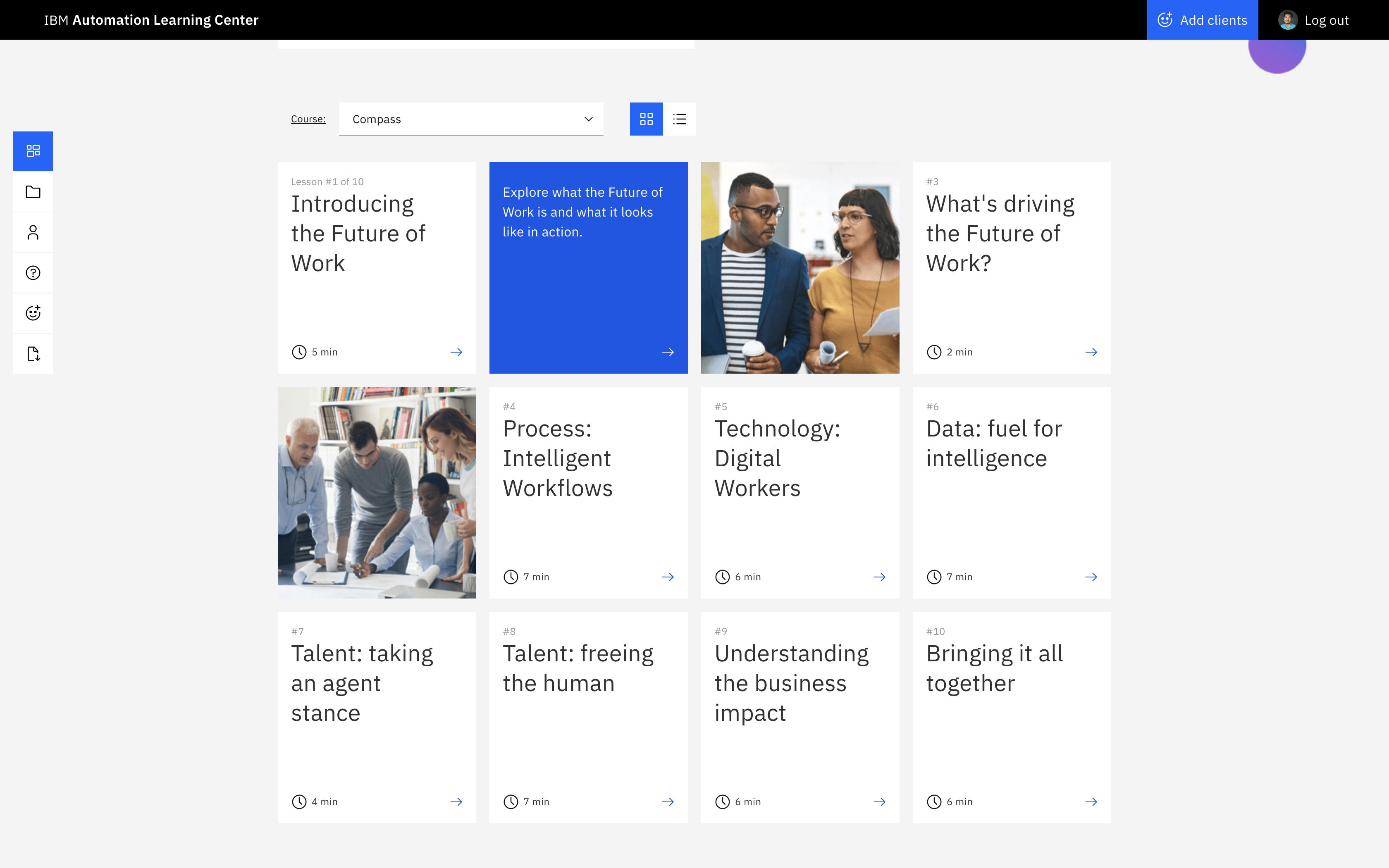
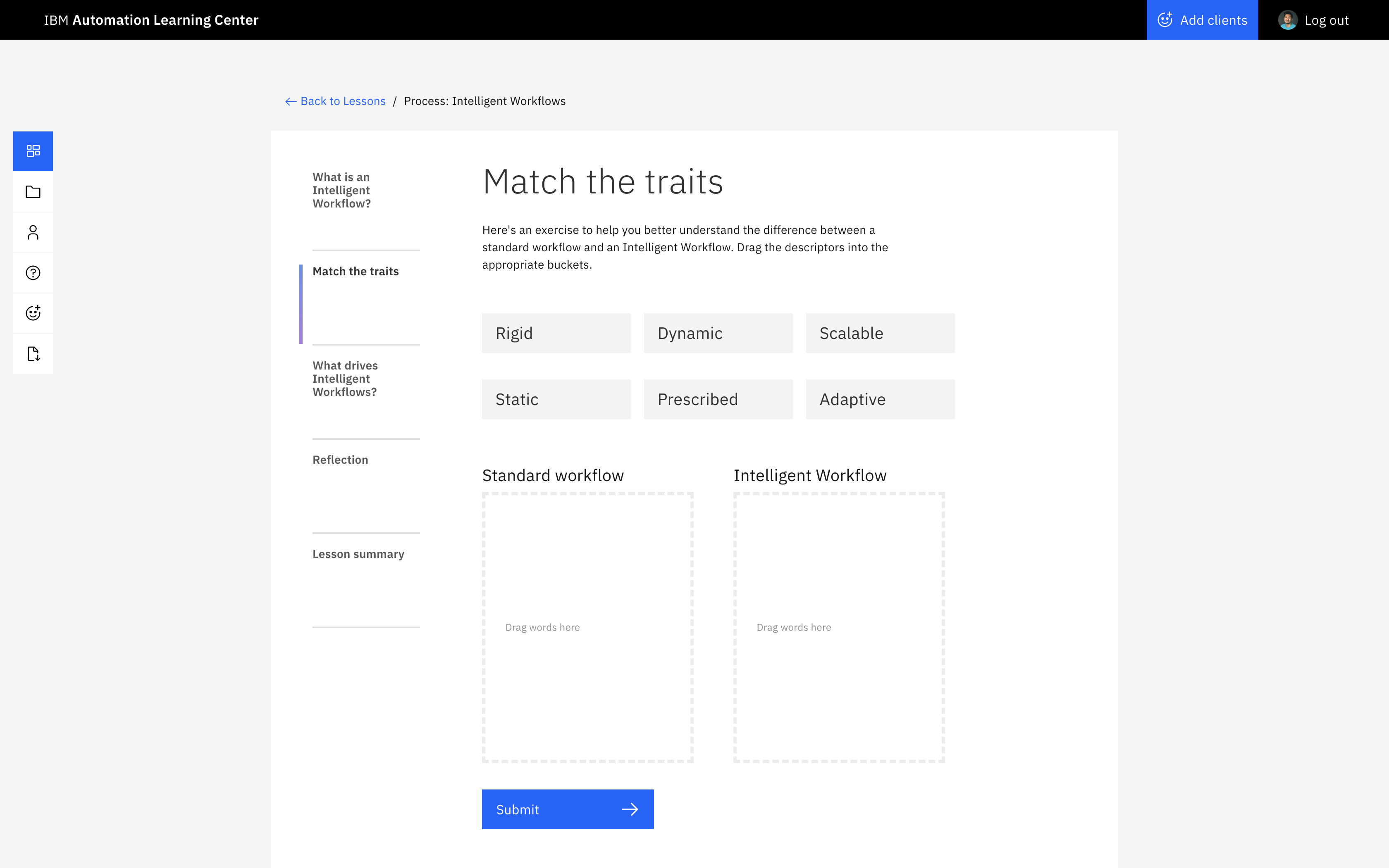

THE QUESTION
THE DISCOVERY
THE APPROACH
THE OUTCOME


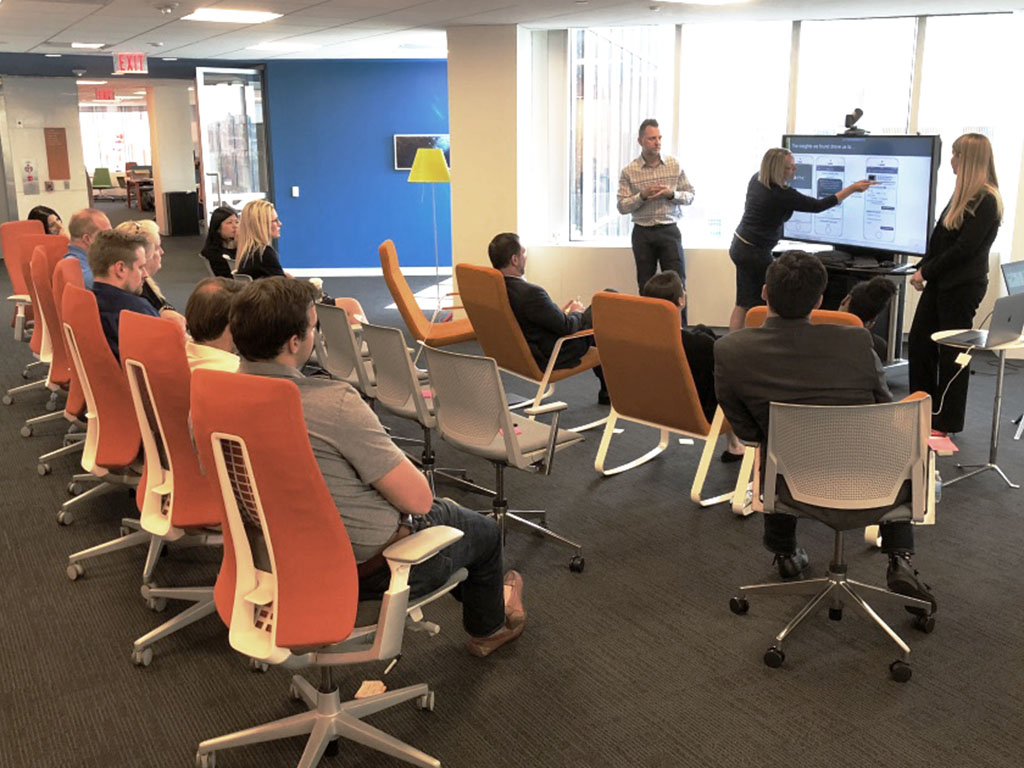
THE QUESTION
THE DISCOVERY
THE APPROACH
THE OUTCOME
Remember, NPS spans 200 points, from -100 to +100. 90 is considered an excellent score.
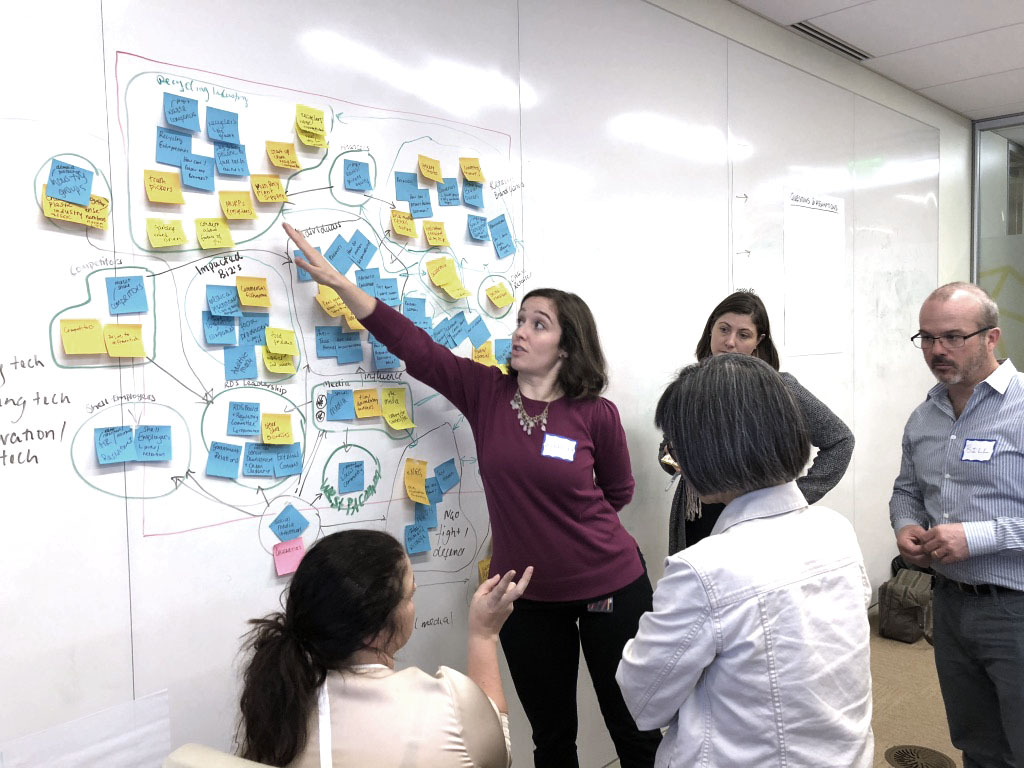
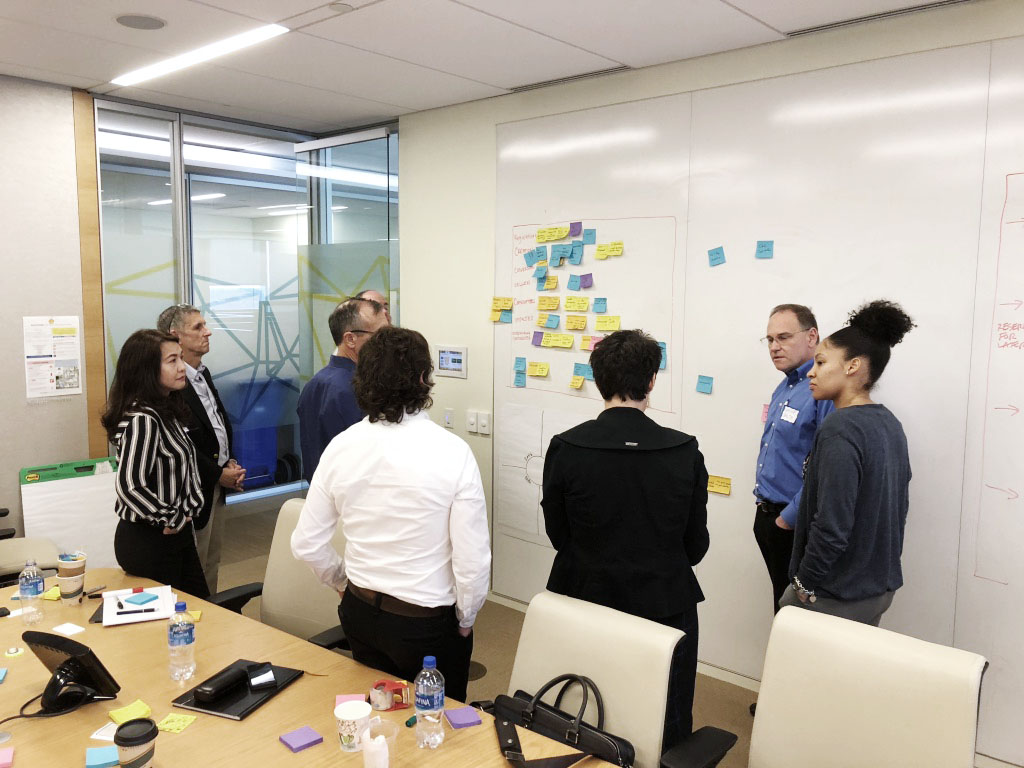
THE QUESTION
THE DISCOVERY
THE APPROACH
THE OUTCOME

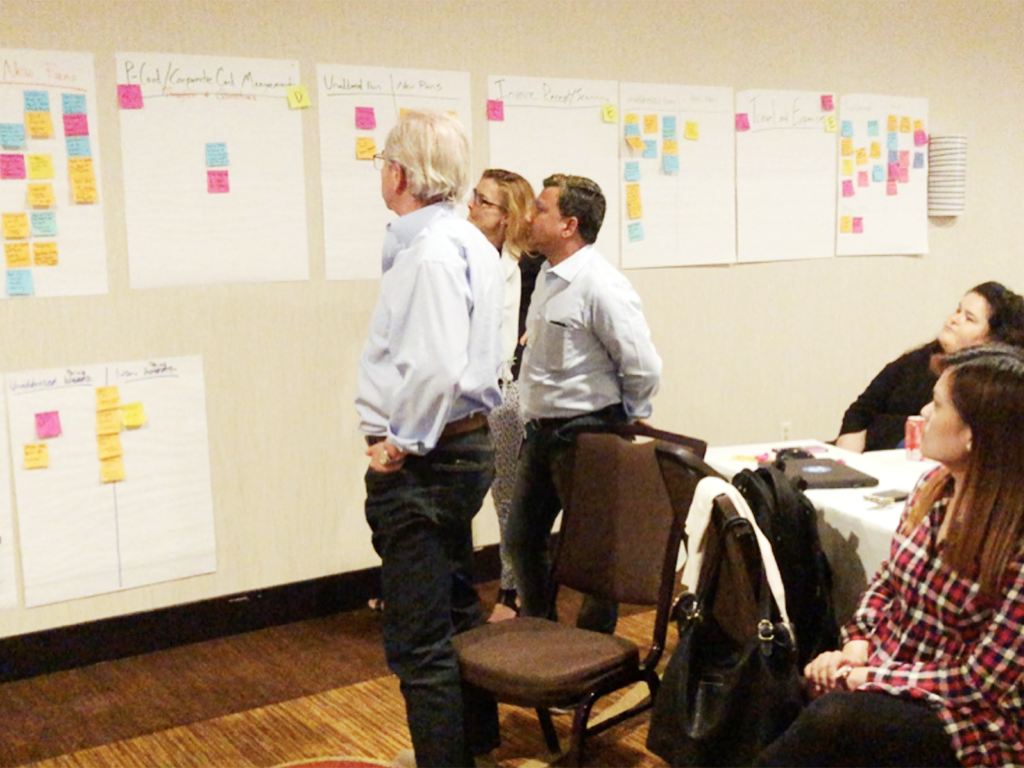
OFTEN, I'M A TINKERER
THE QUESTION
THE DISCOVERY
THE APPROACH
THE OUTCOME
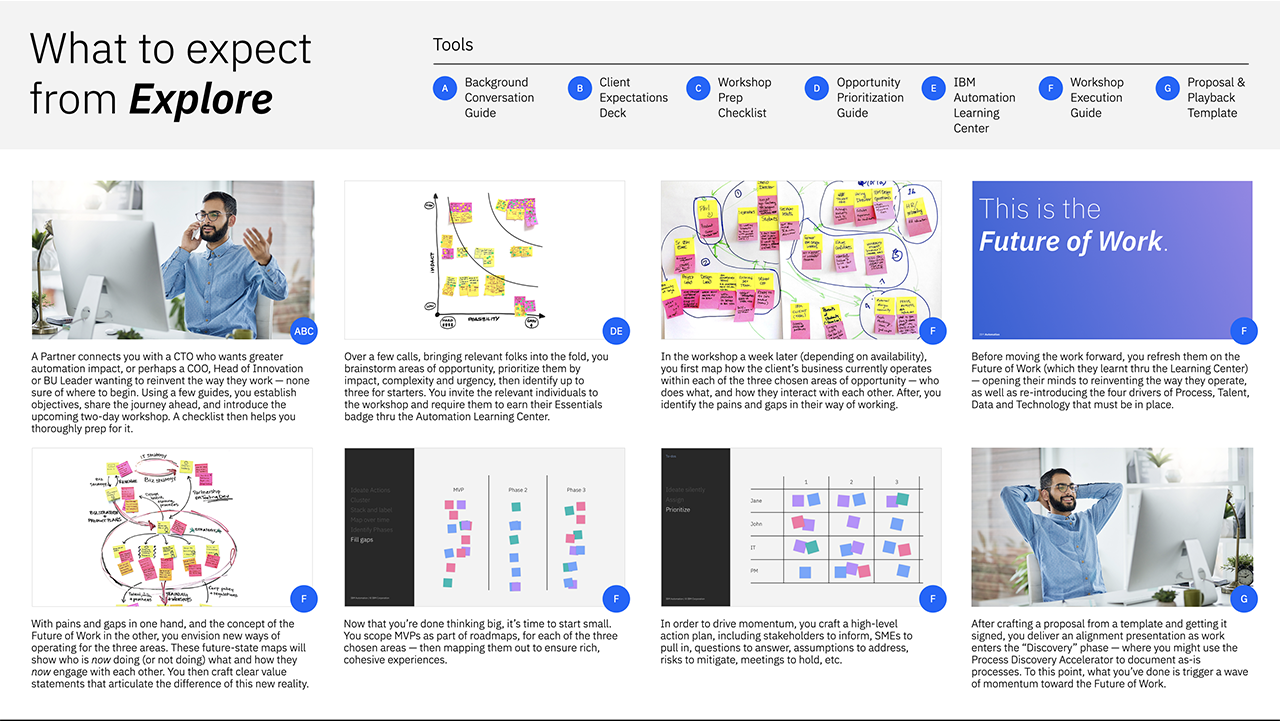
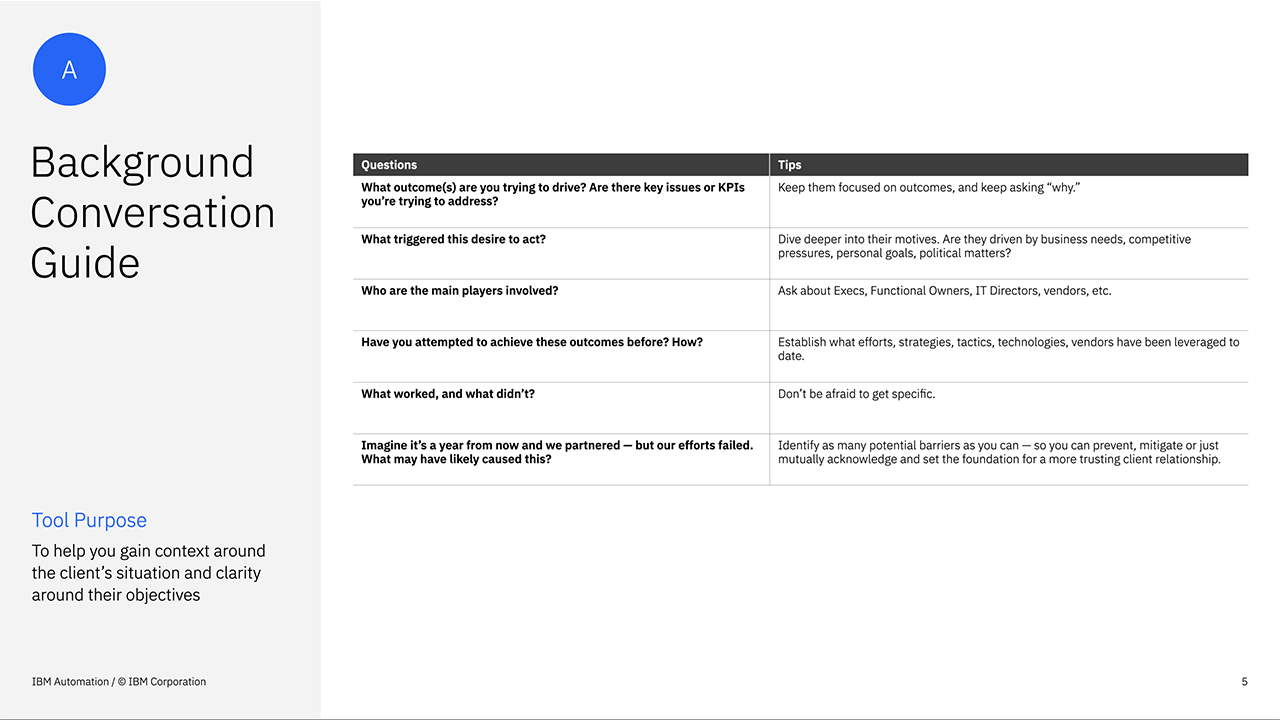
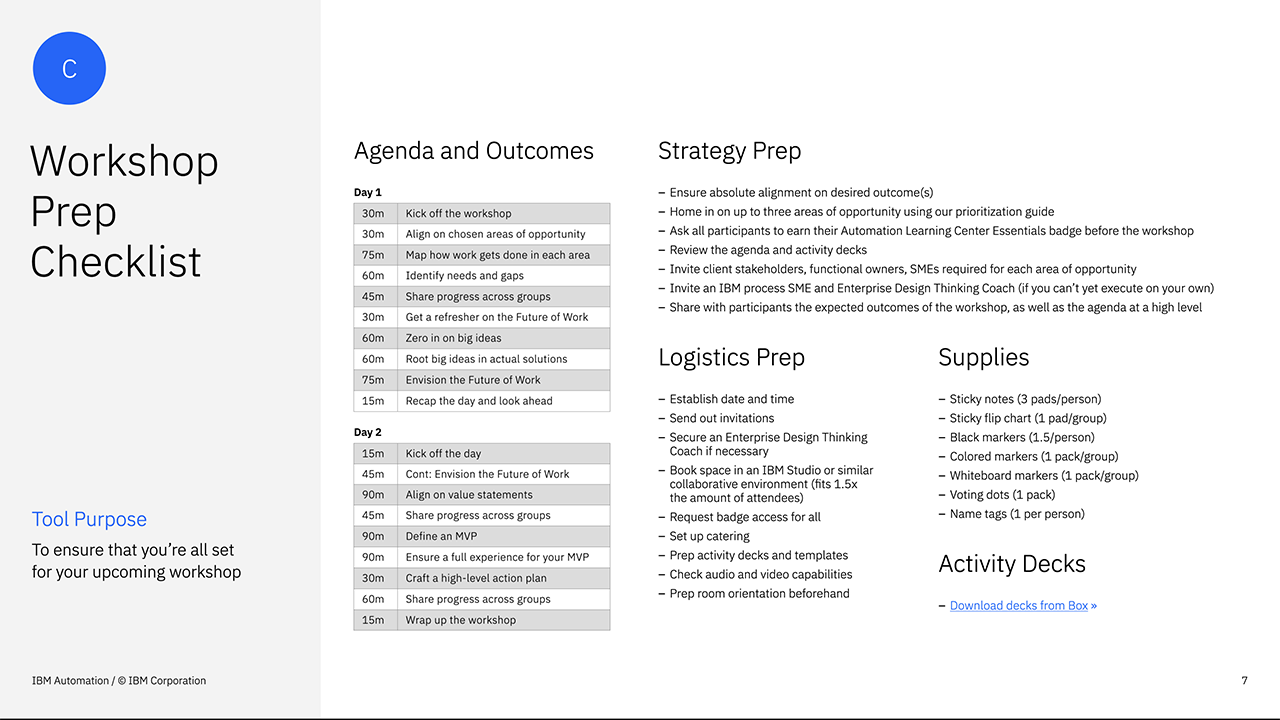
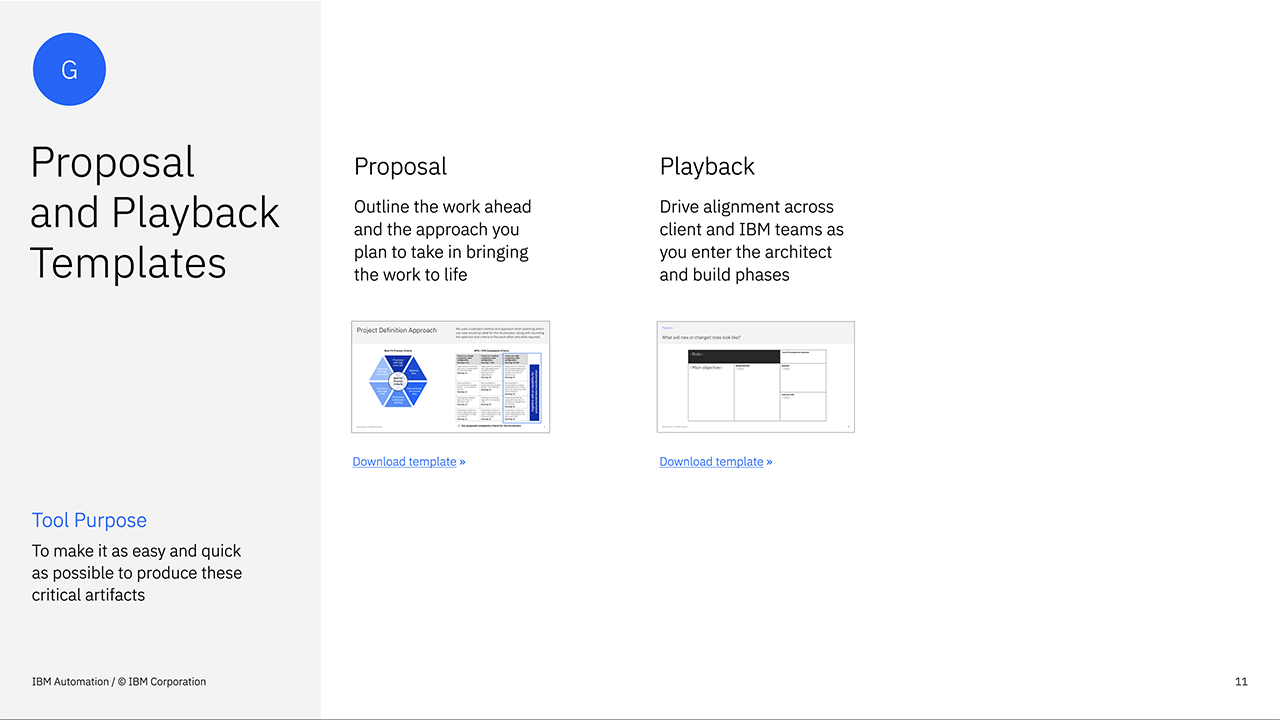
THE QUESTION
THE DISCOVERY
THE APPROACH
THE OUTCOME
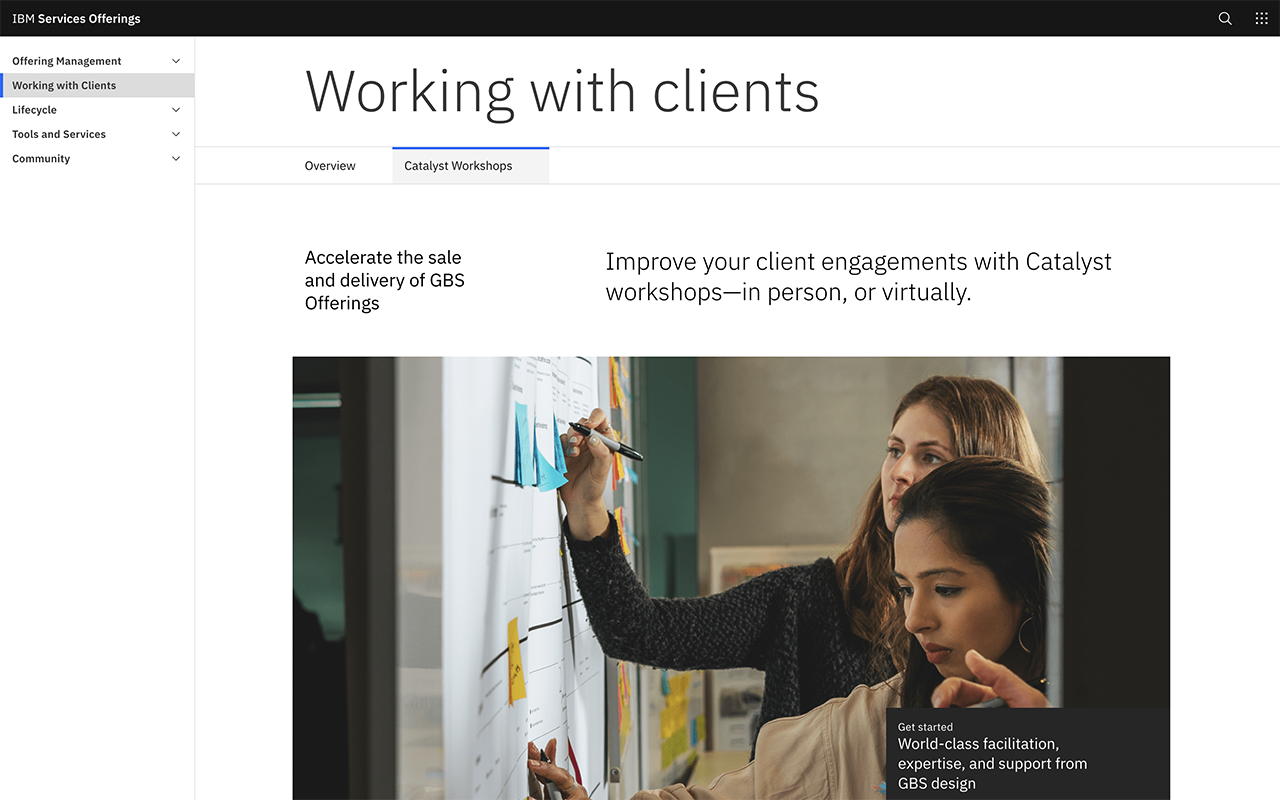



THE QUESTION
THE DISCOVERY
THE APPROACH
THE OUTCOME
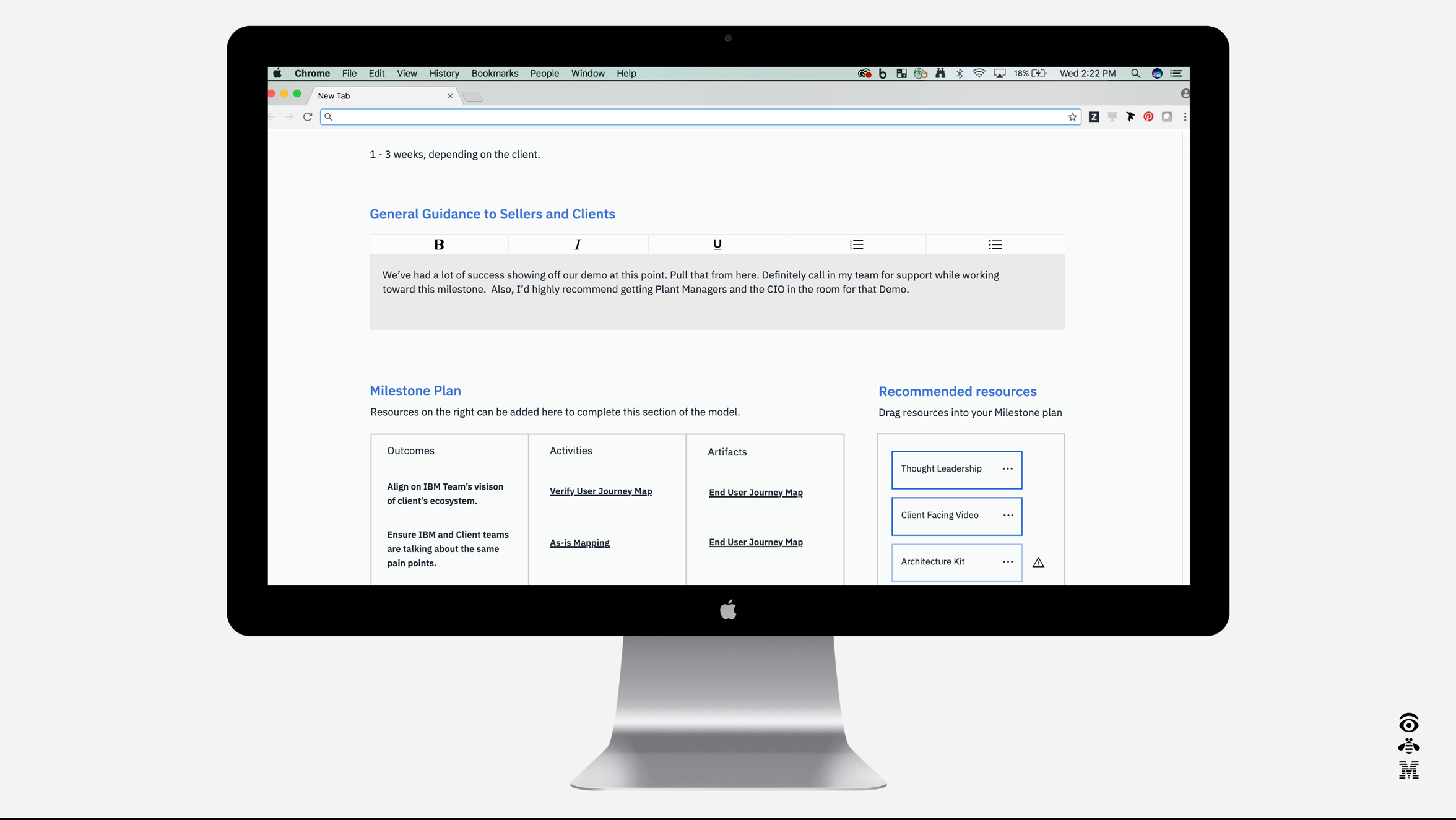
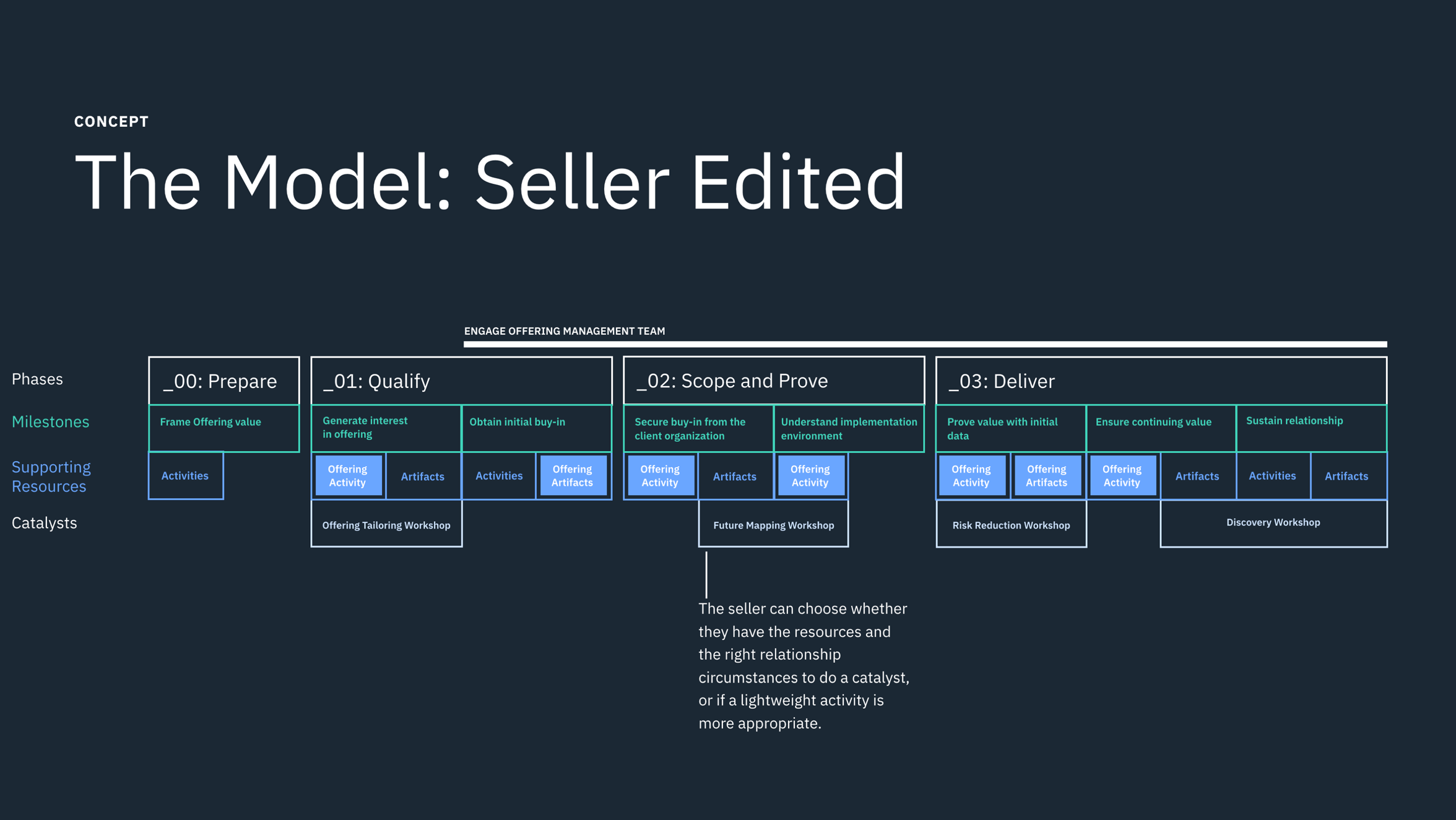
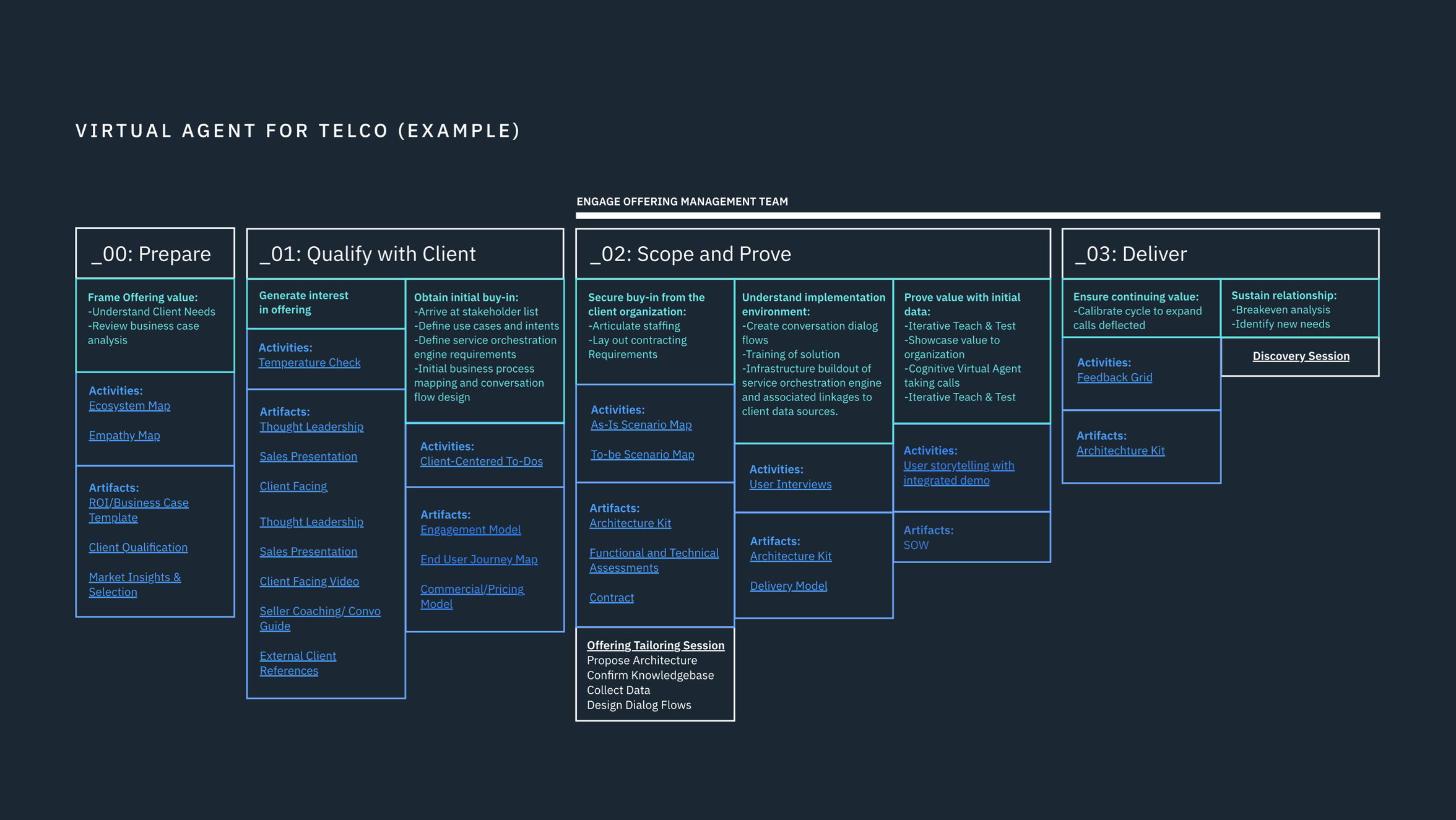
REGULARLY, I'M A WORKFLOW REMODELER
THE QUESTION
THE DISCOVERY
THE APPROACH
THE OUTCOME
Also reimagined how work gets done within Auto Claims, Mortgage Lending and Lead-to-cash processes — all into compelling Intelligent Workflows.
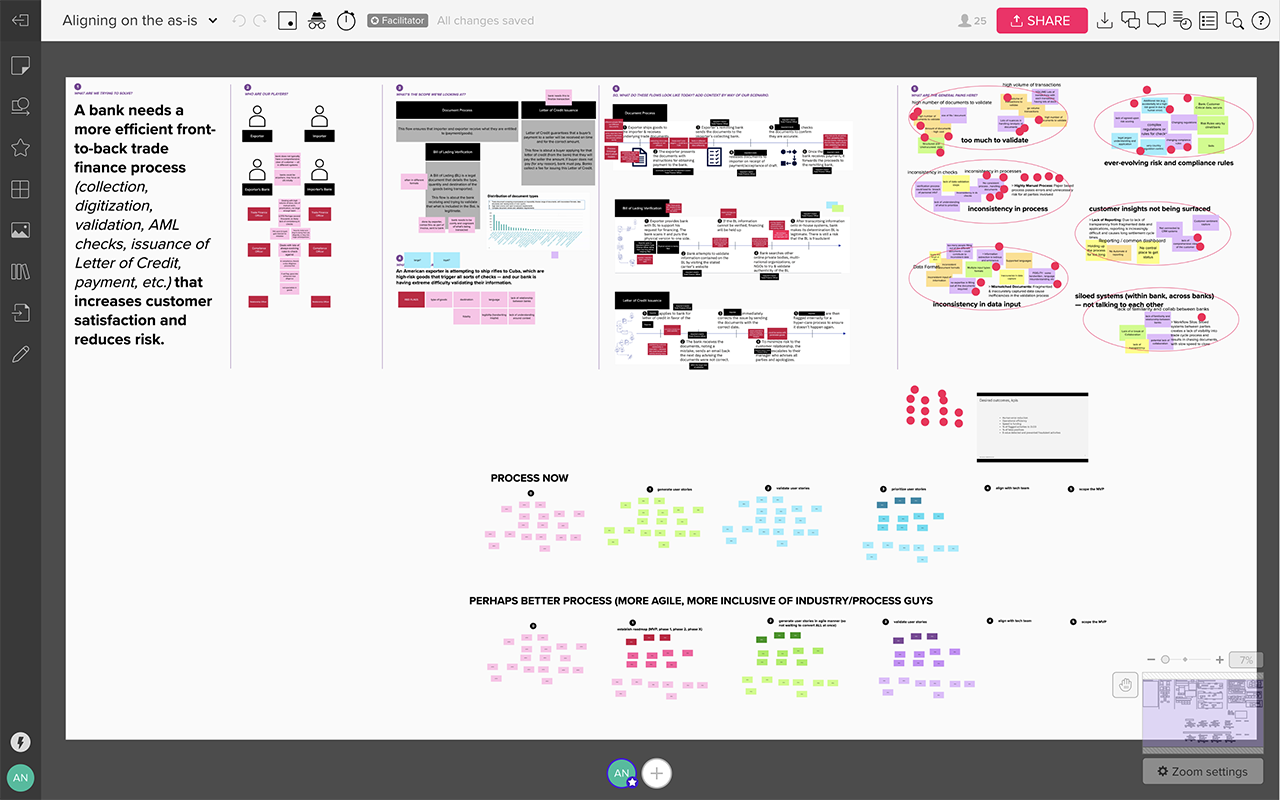
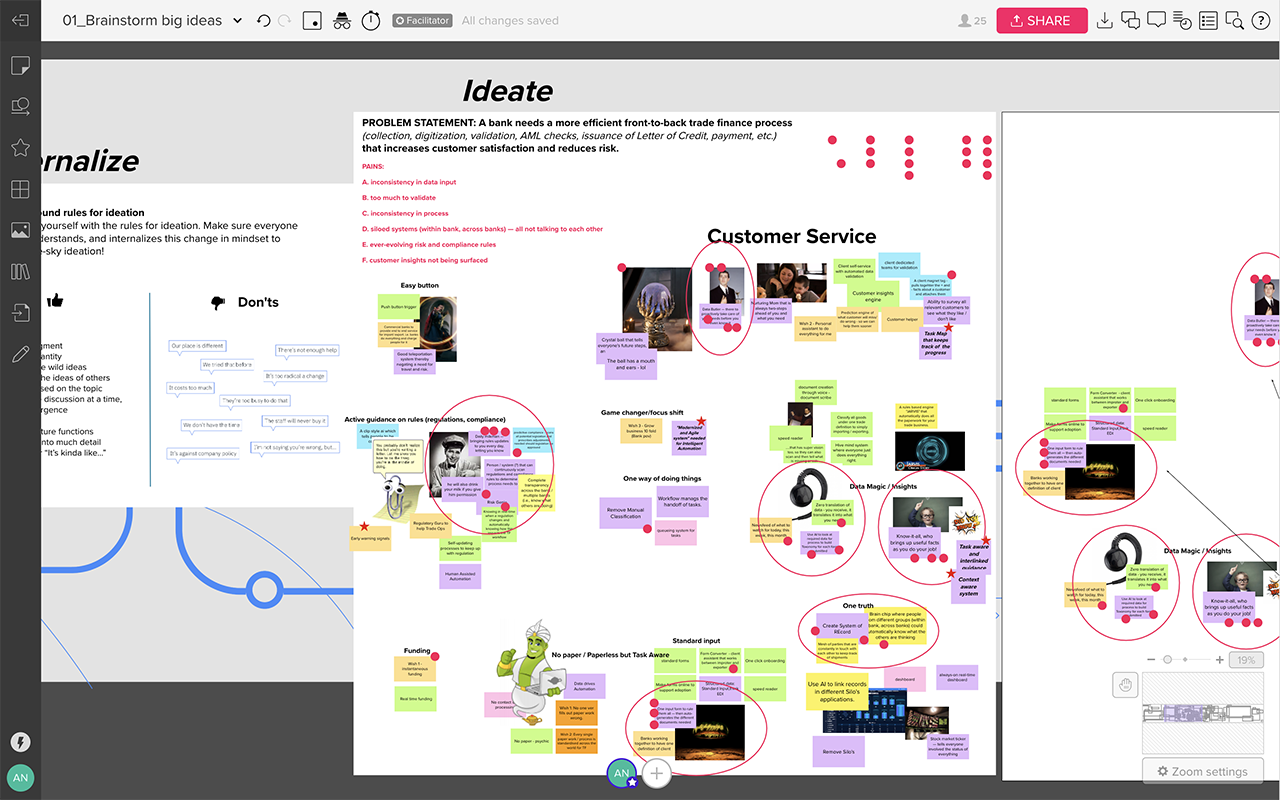
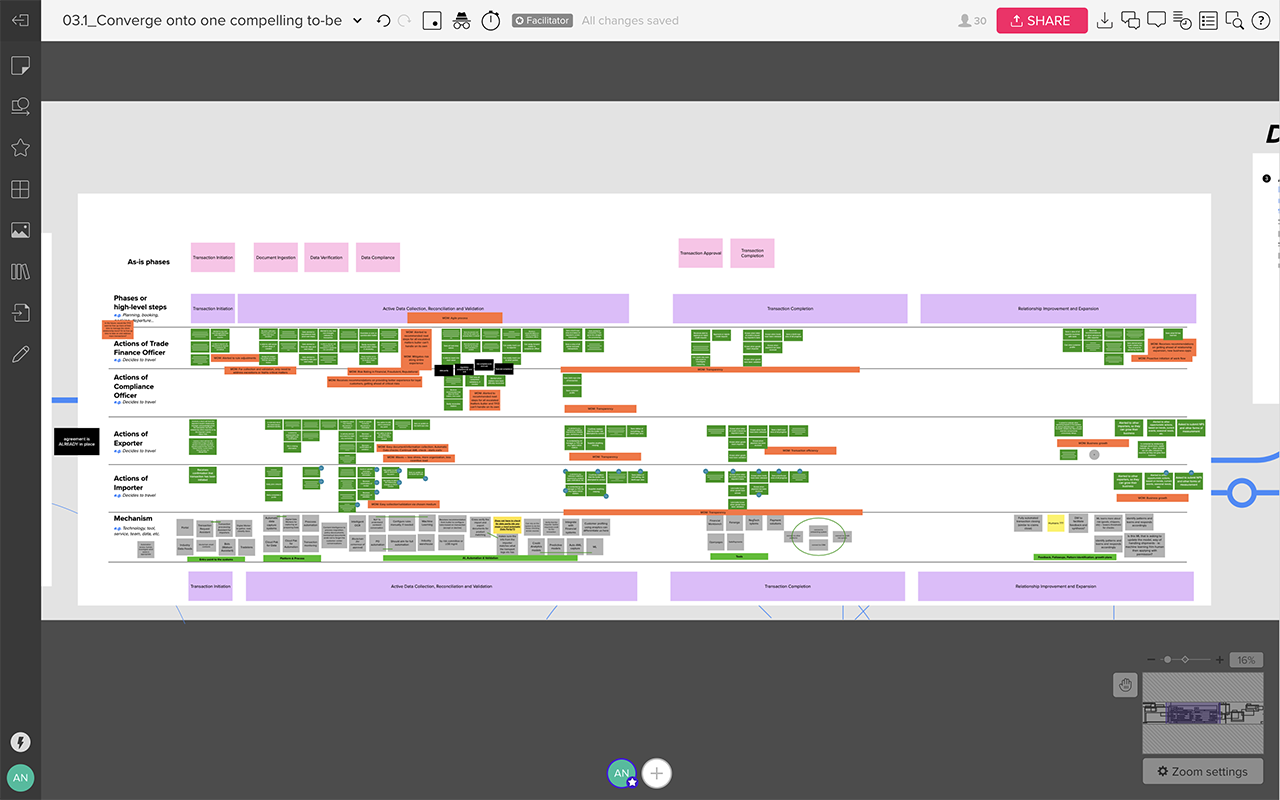
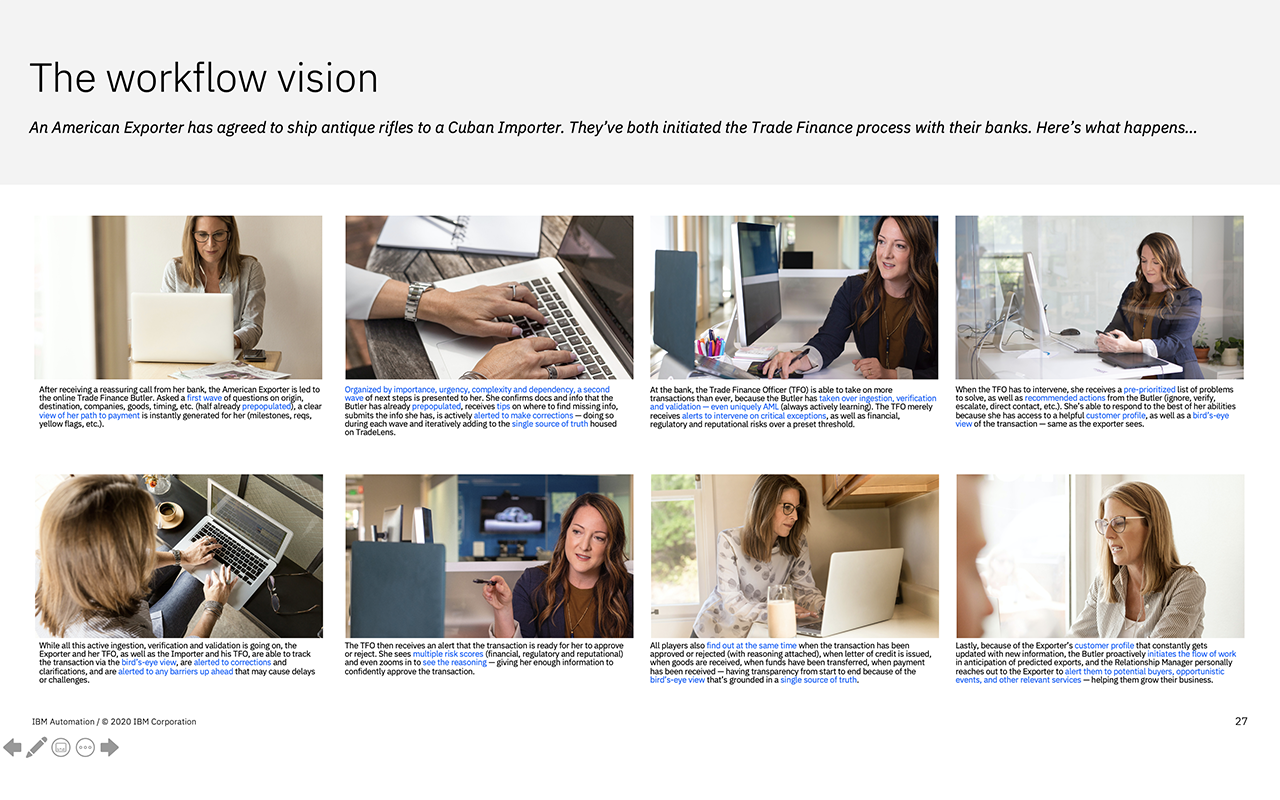

THE QUESTION
THE DISCOVERY
THE APPROACH
THE OUTCOME

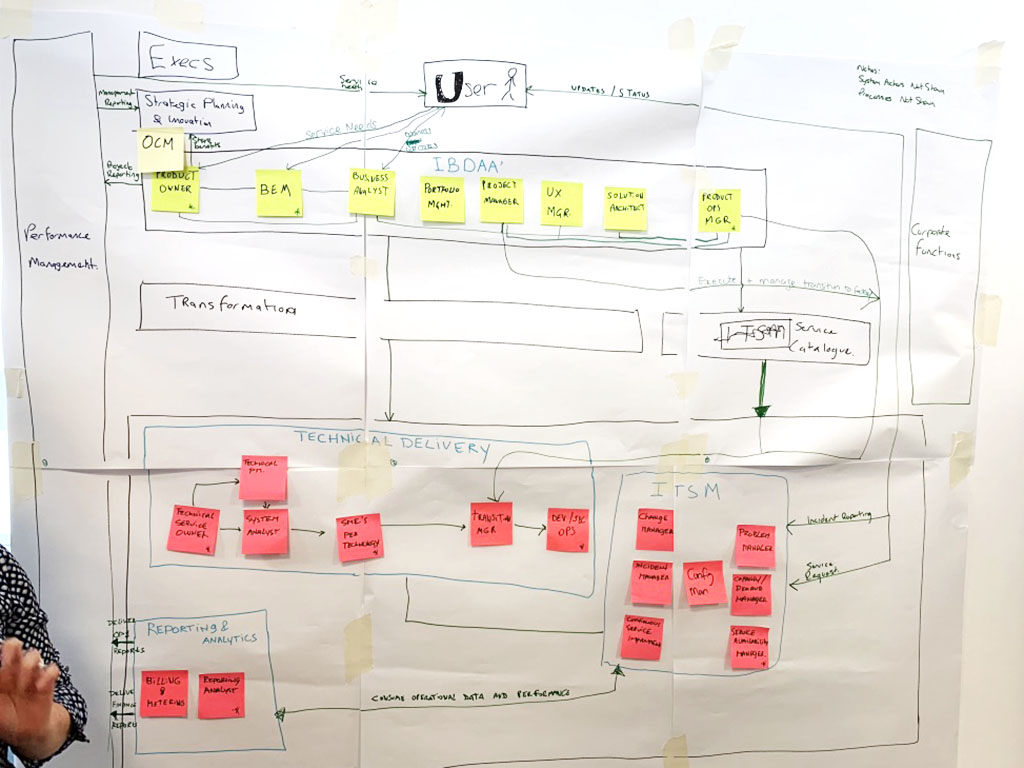
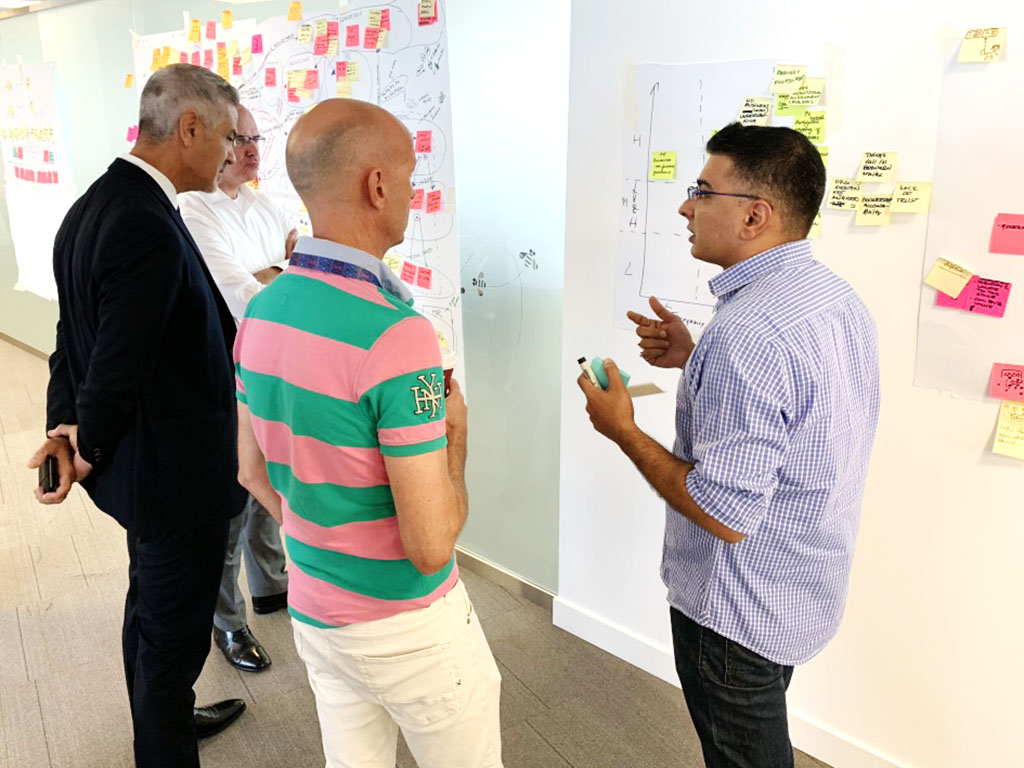
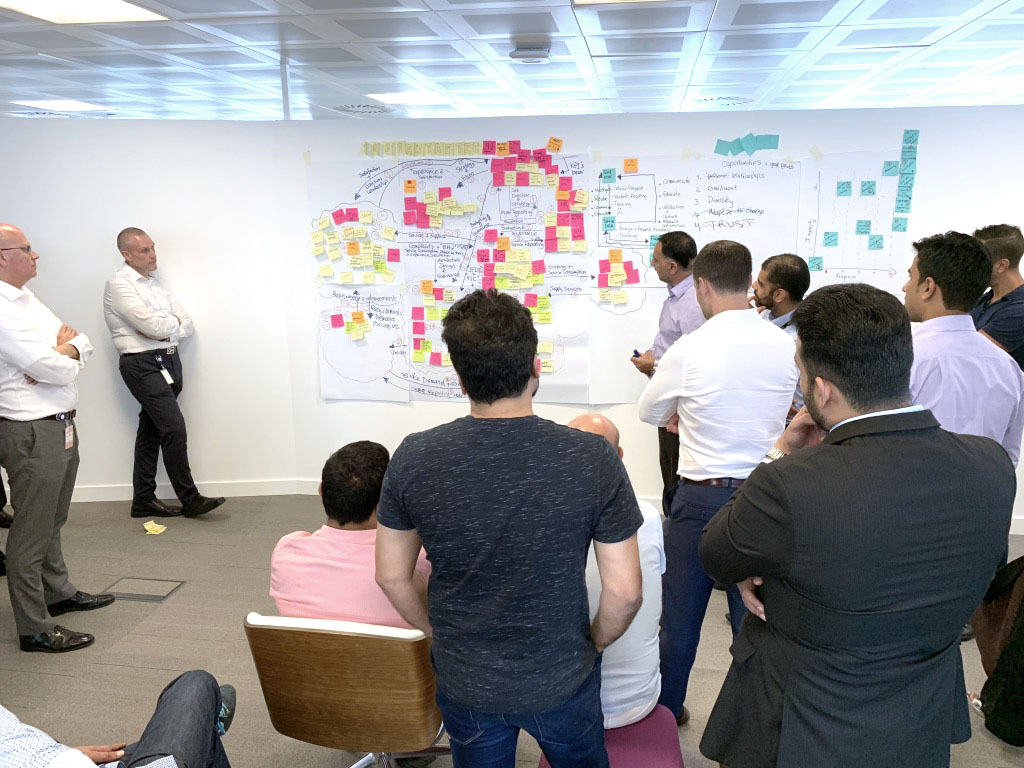
THE QUESTION
THE DISCOVERY
THE APPROACH
THE OUTCOME
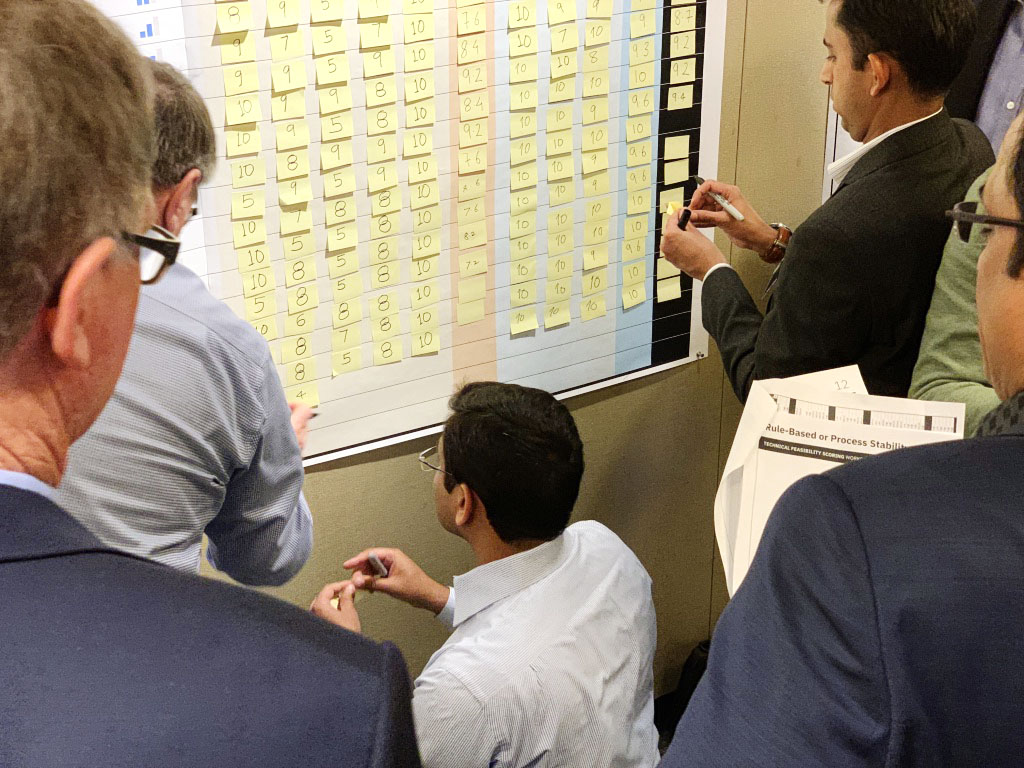

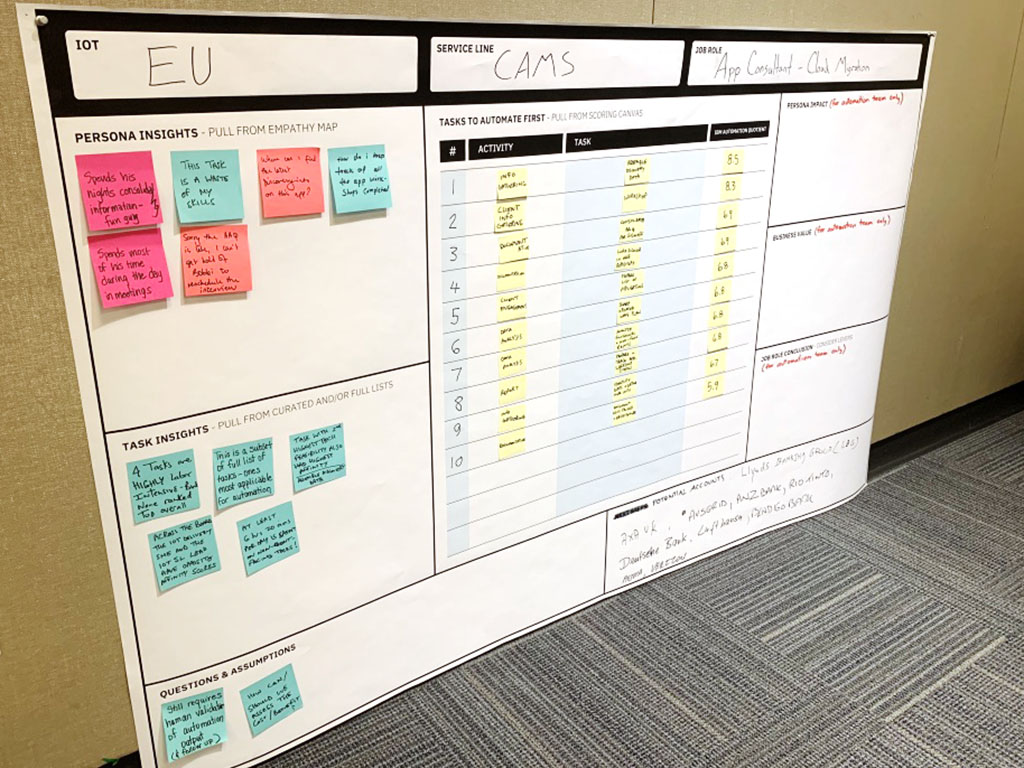
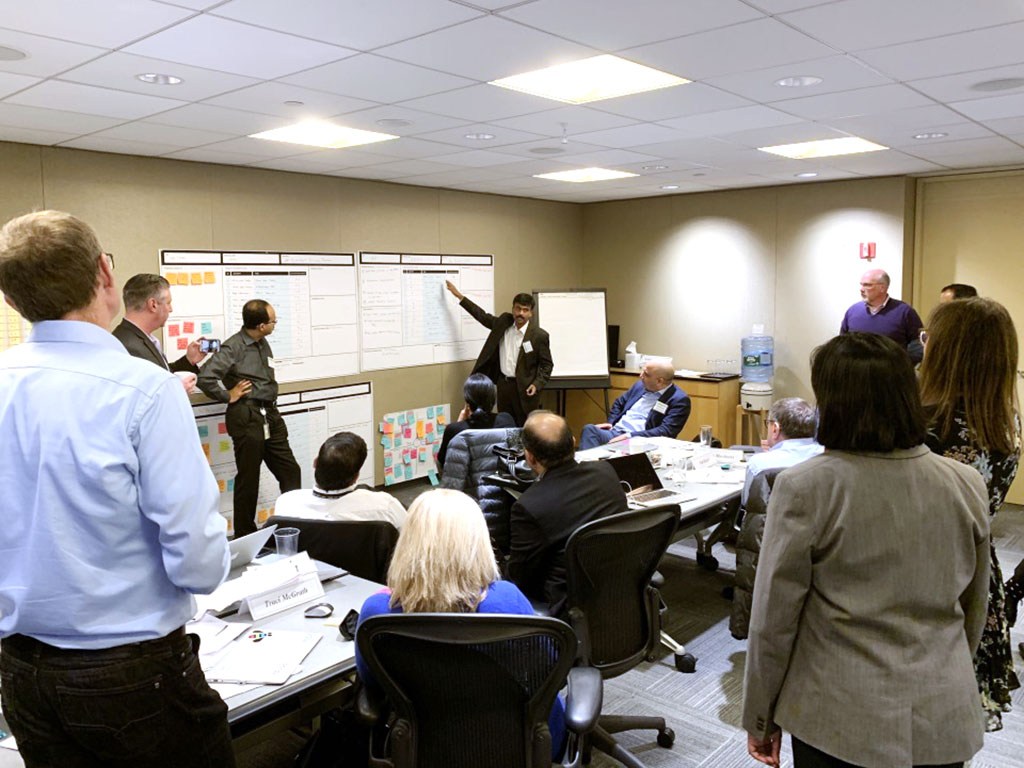
MORE THAN NOT, I'M A BEHAVIOR RENOVATOR
THE QUESTION
THE DISCOVERY
THE APPROACH
THE OUTCOME
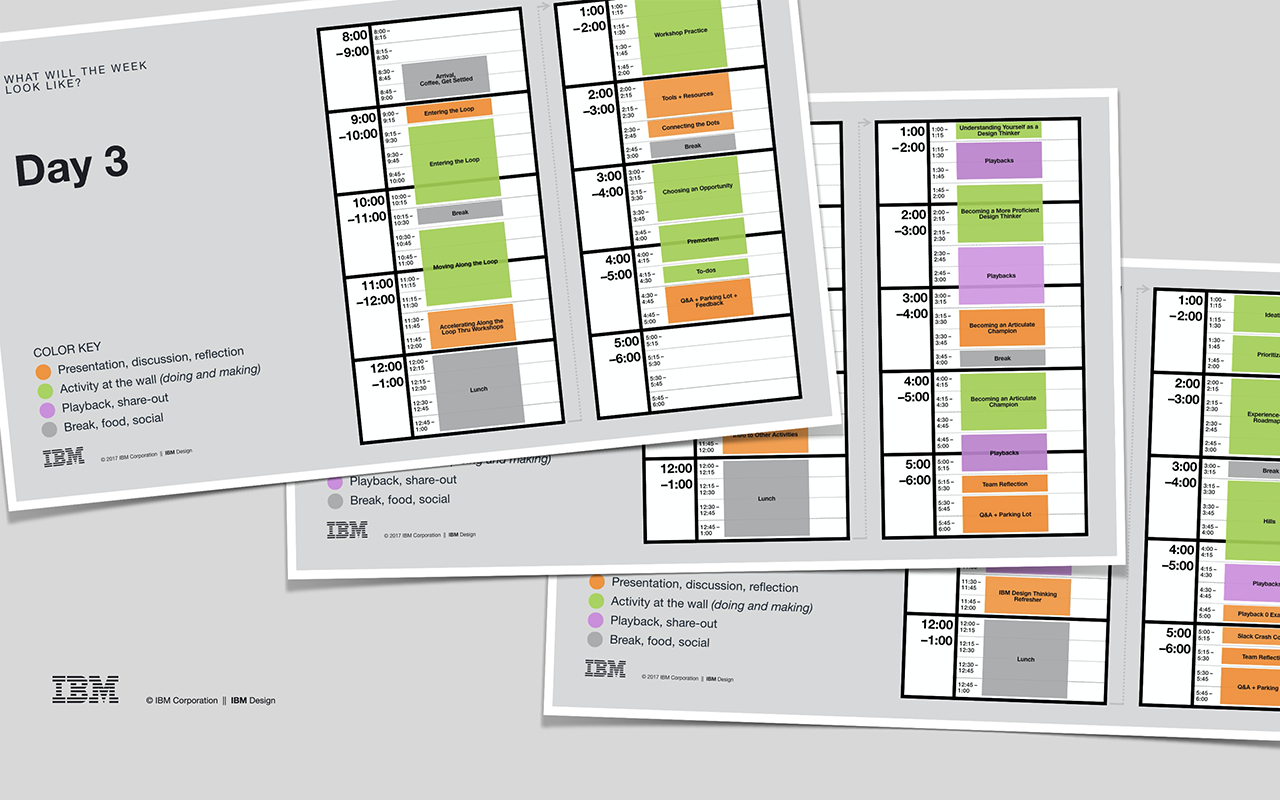
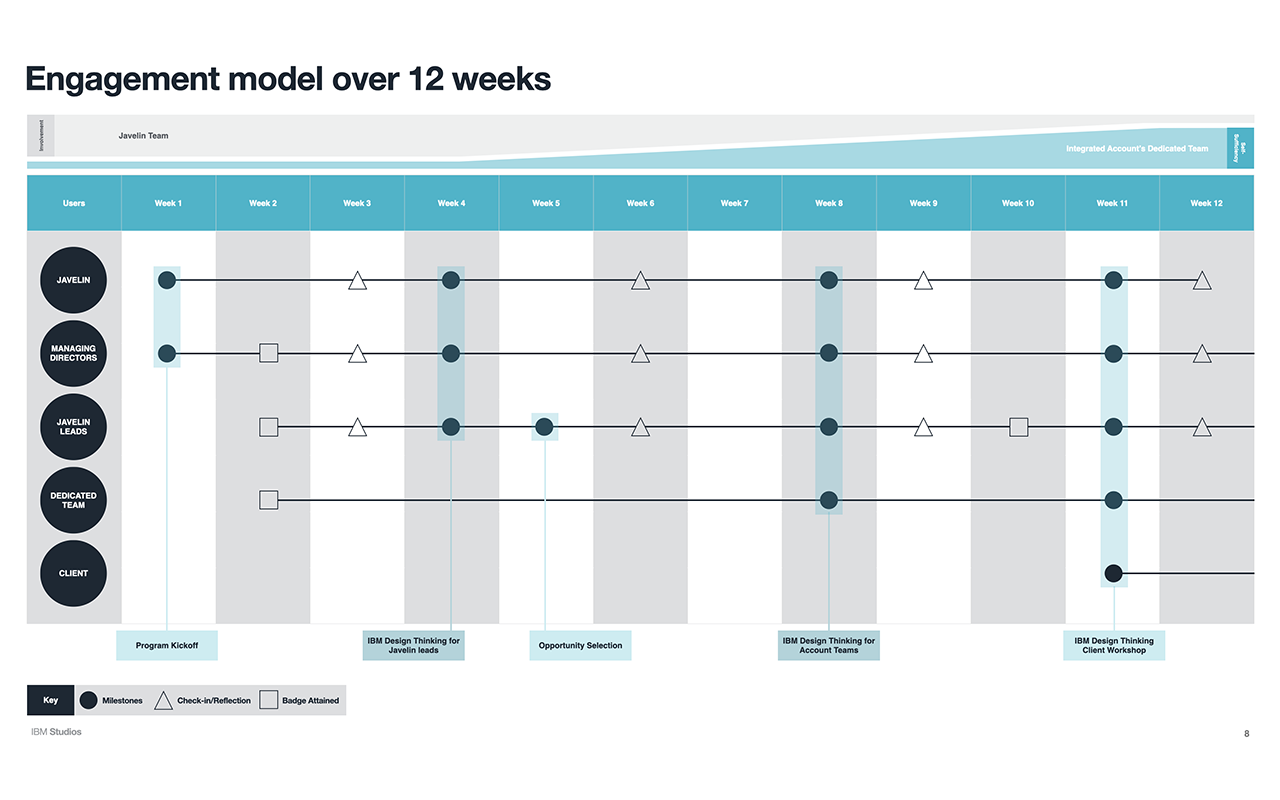

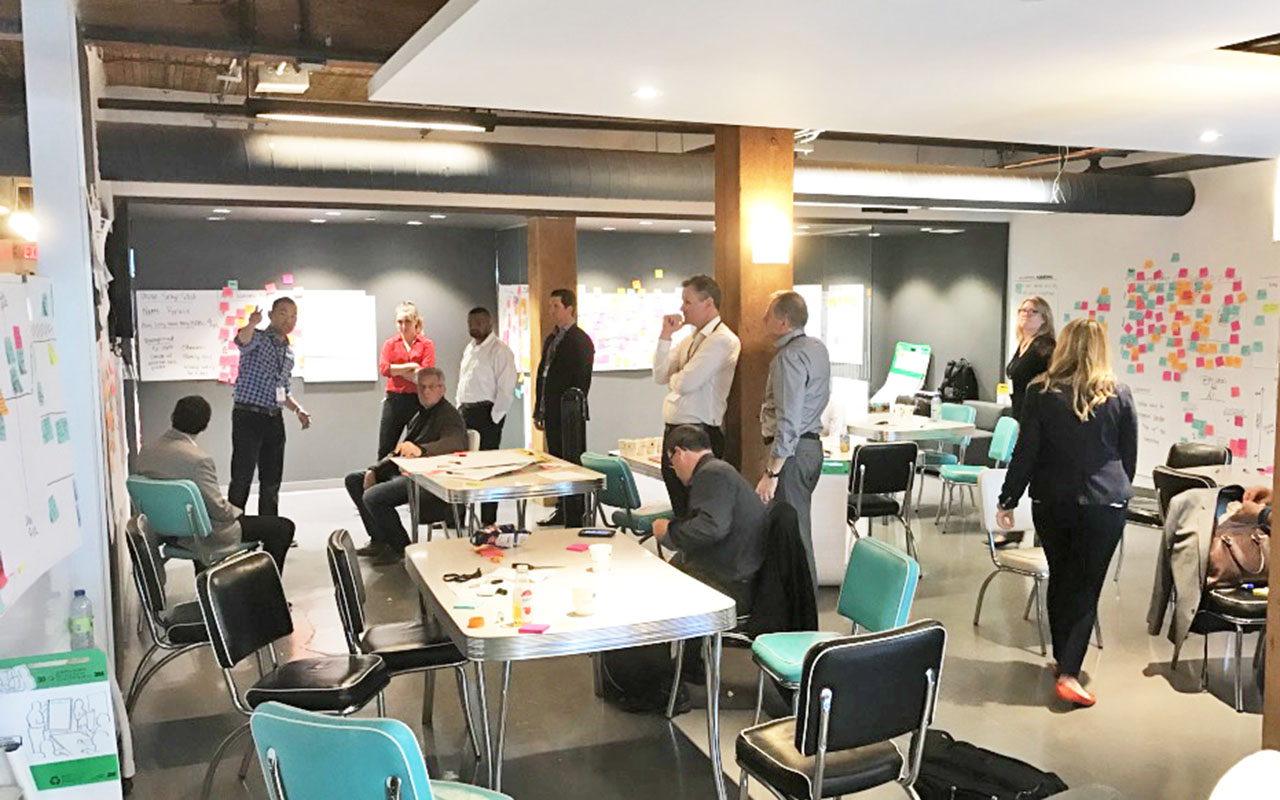
THE QUESTION
THE DISCOVERY
THE APPROACH
THE OUTCOME
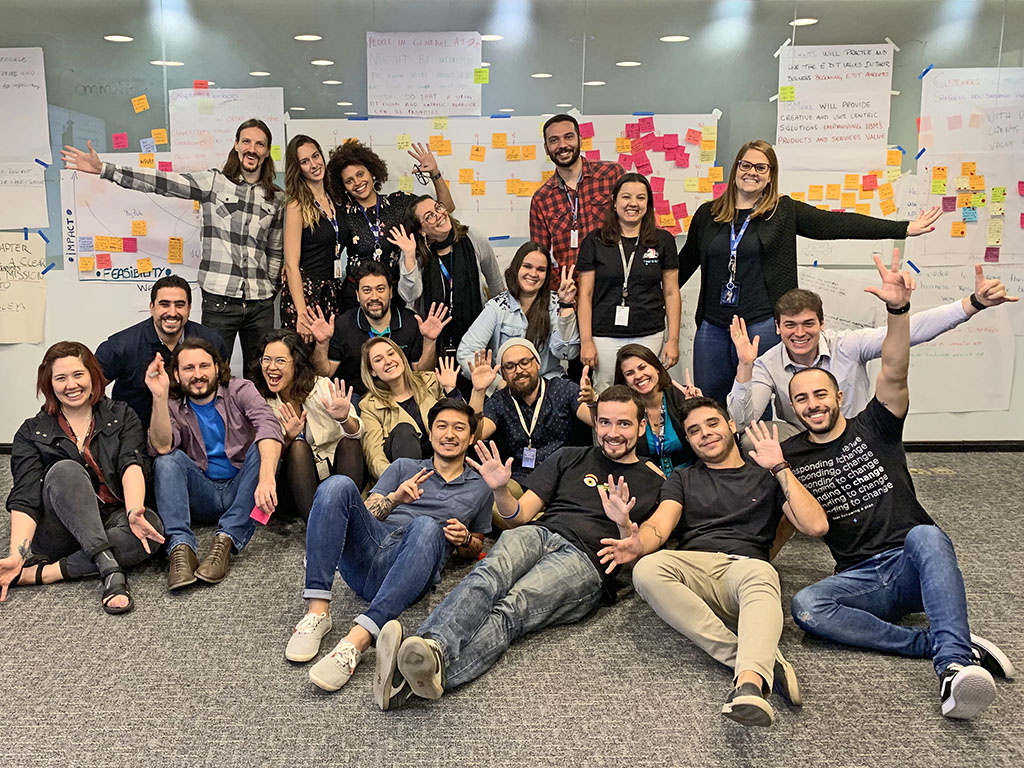
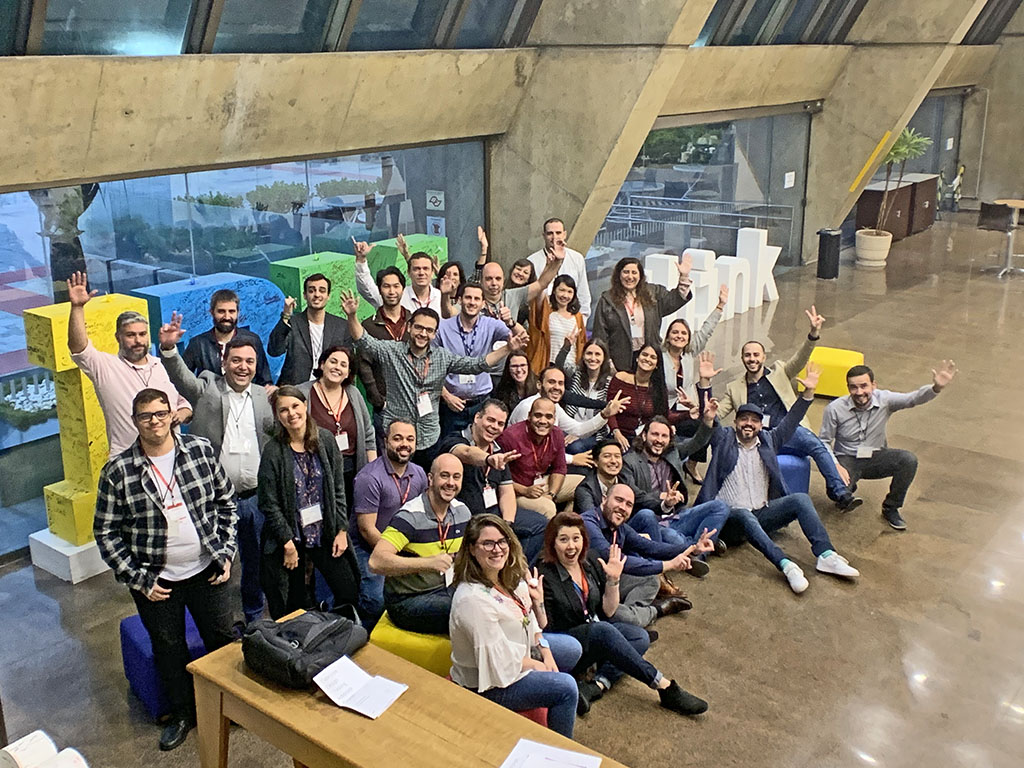
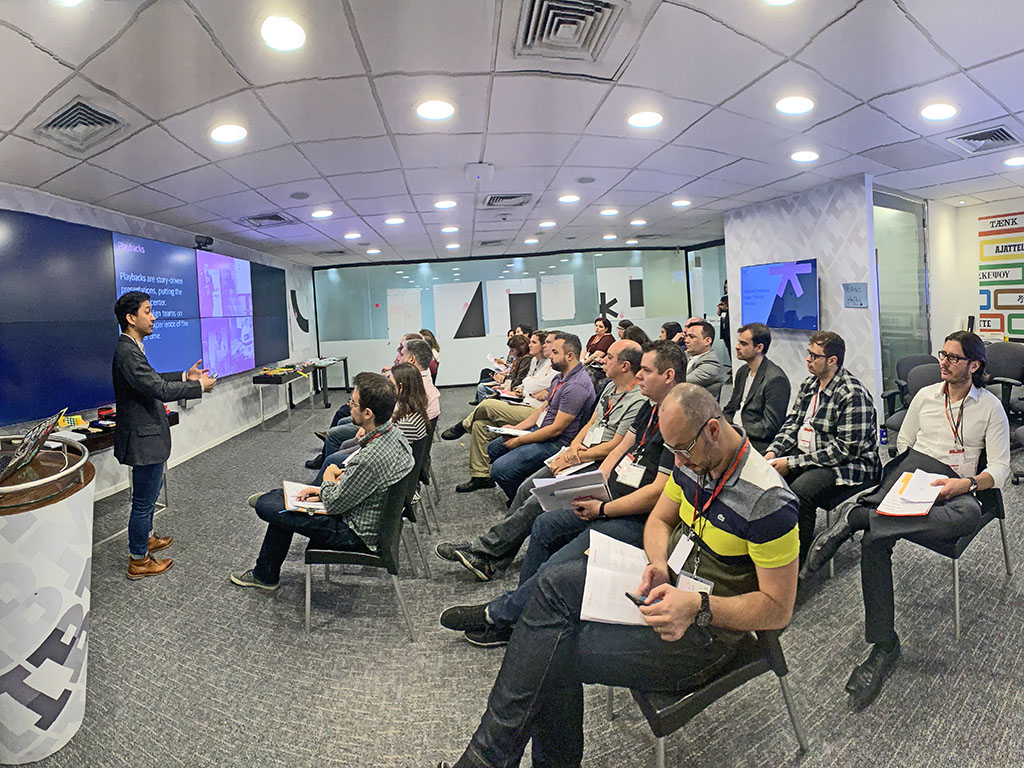

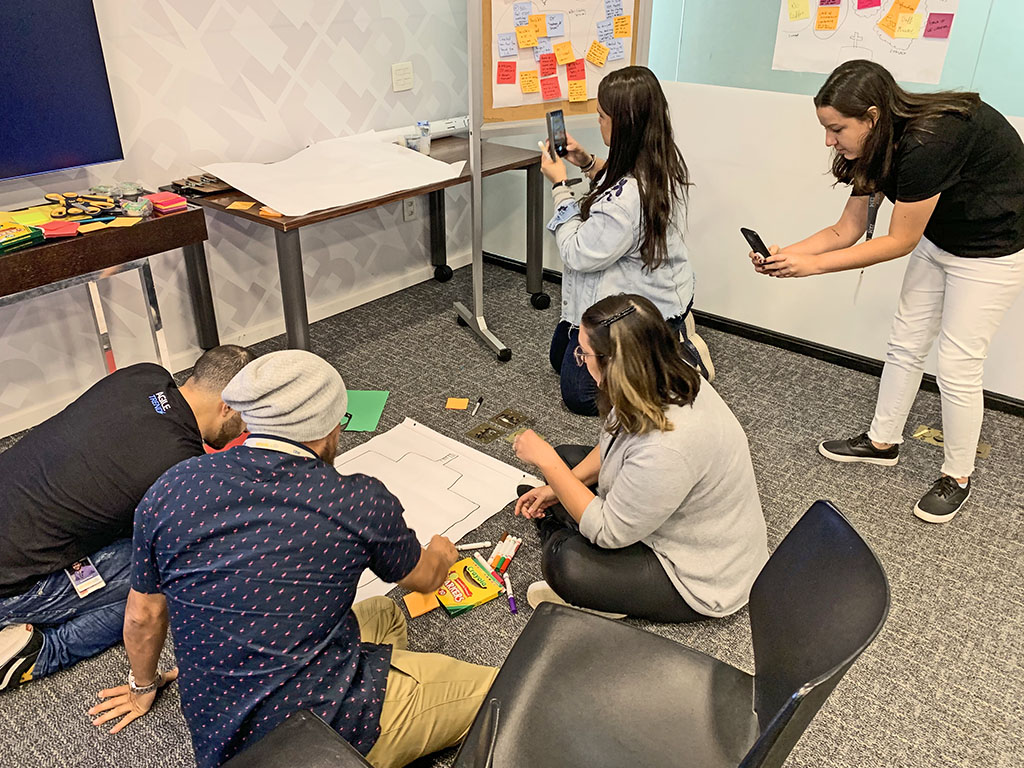
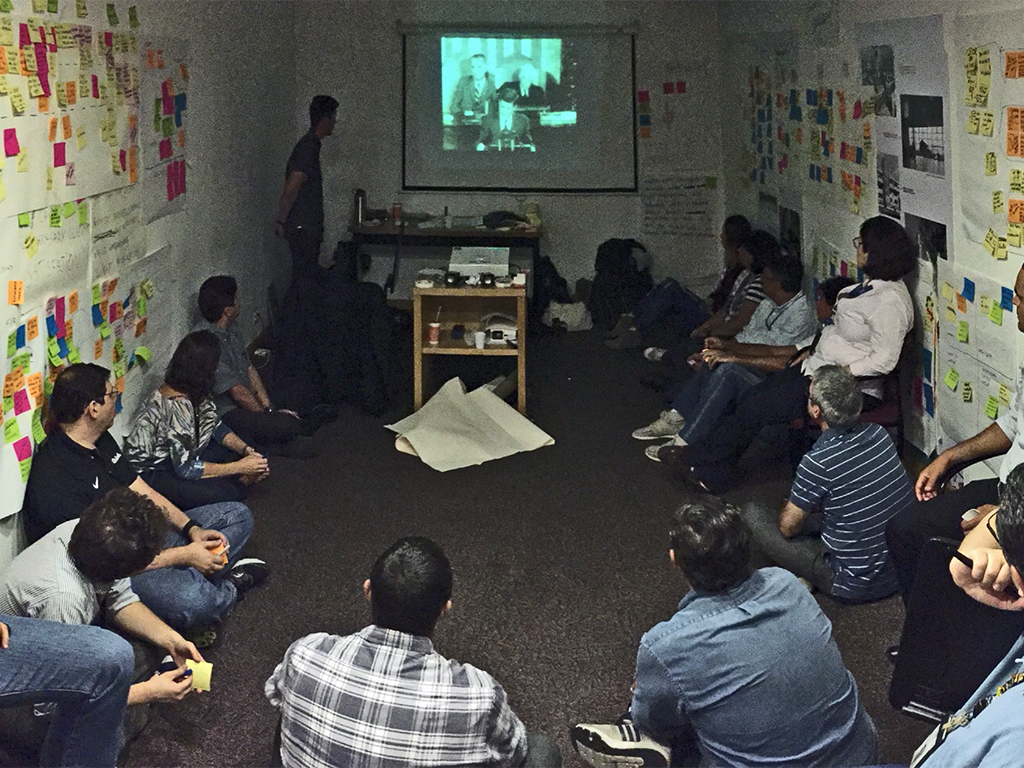
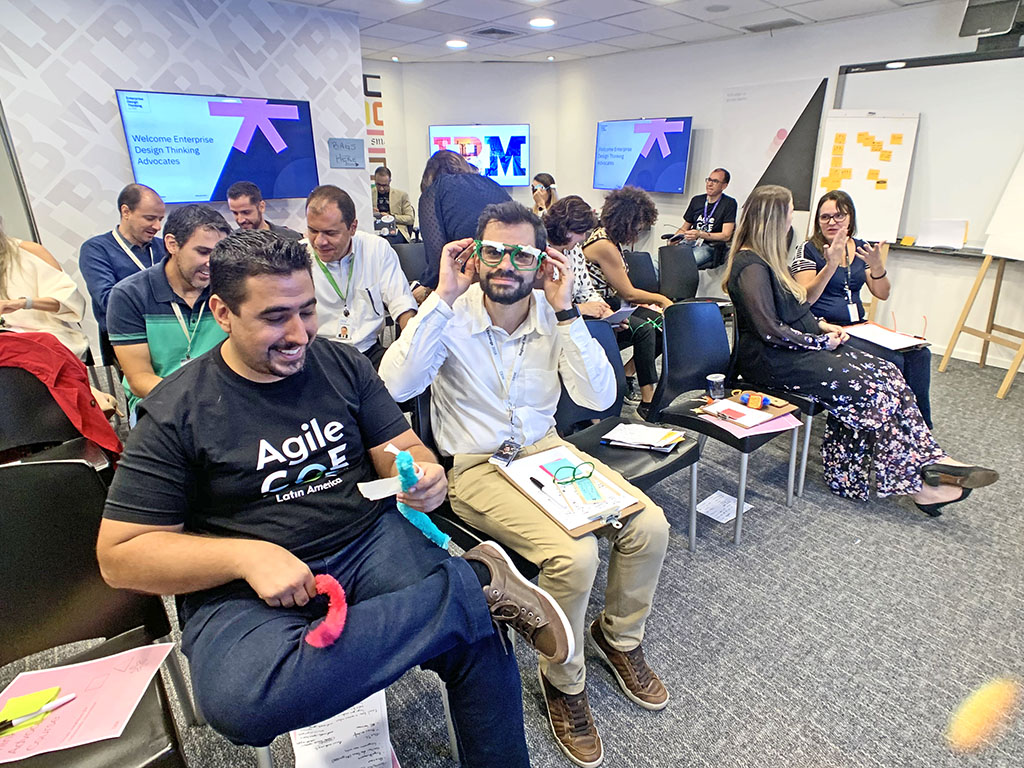


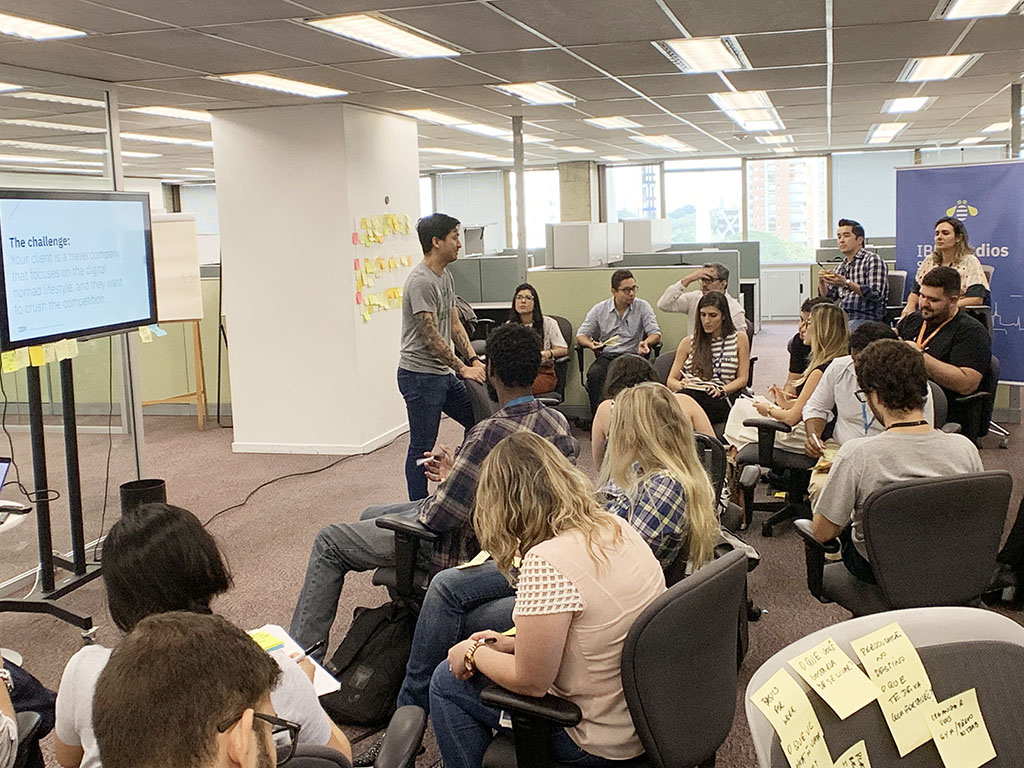


THE QUESTION
THE DISCOVERY
THE APPROACH
THE OUTCOME
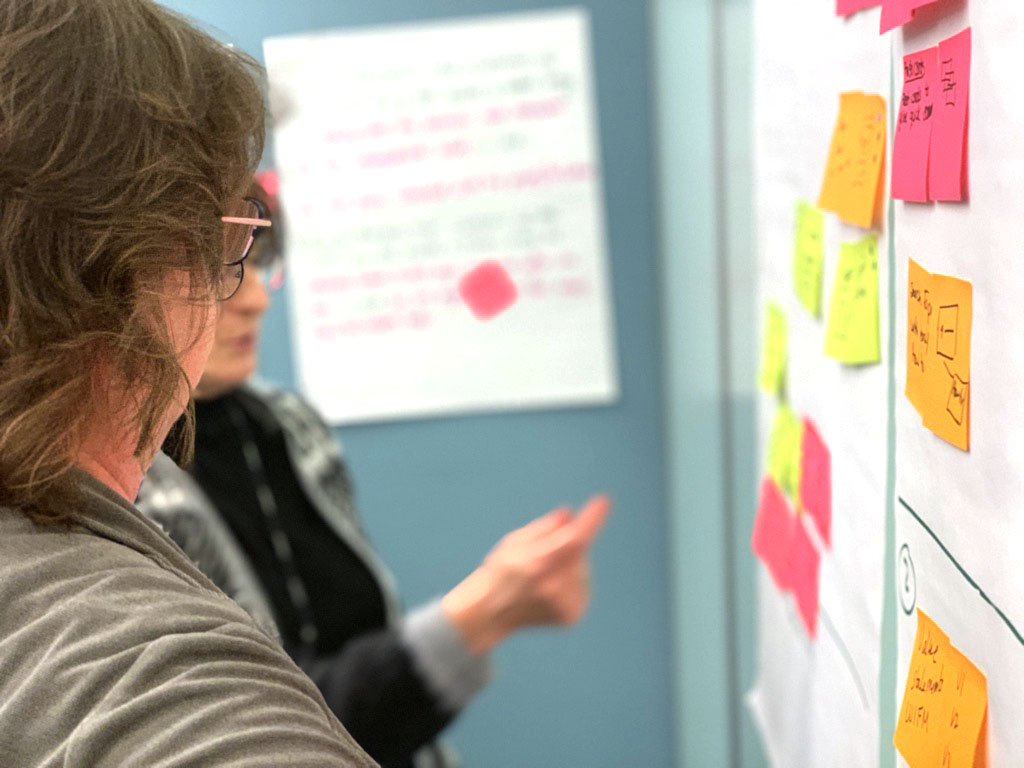
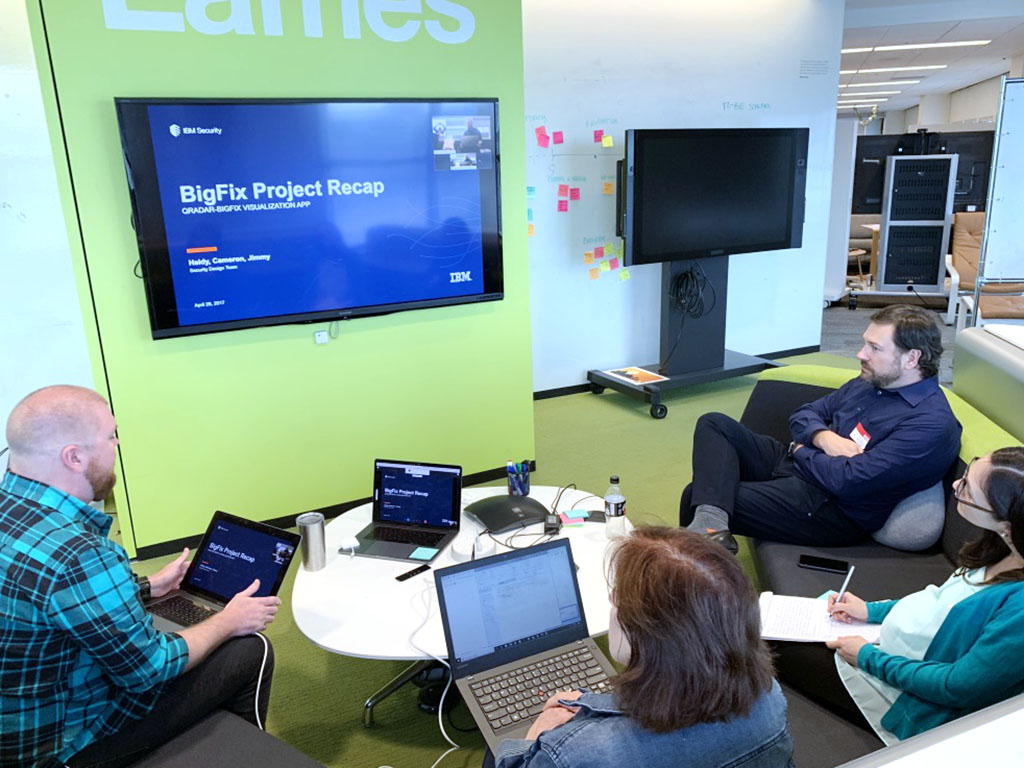


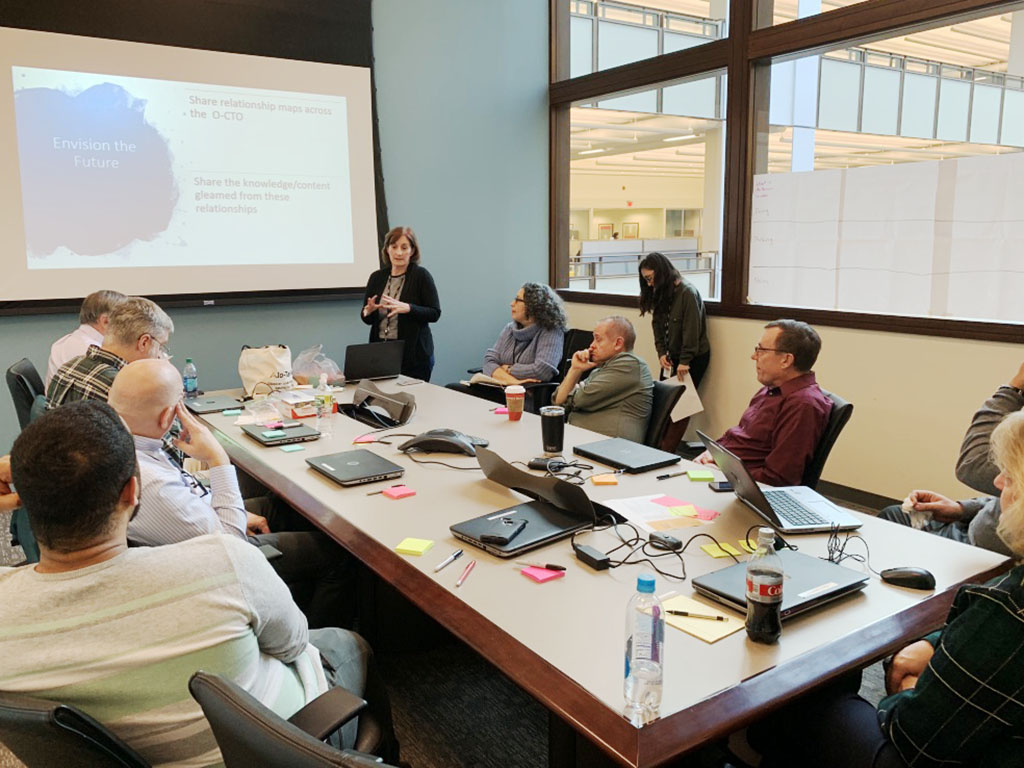
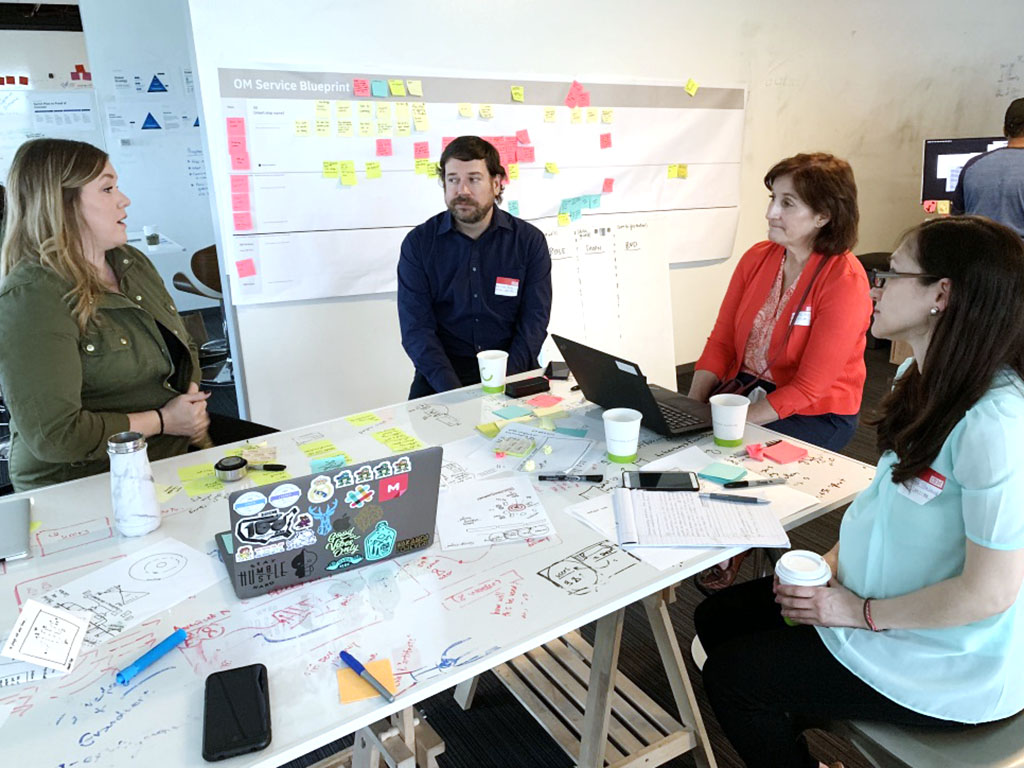
THE QUESTION
THE DISCOVERY
THE APPROACH
THE OUTCOME
Remember, NPS spans 200 points, from -100 to +100. 65 is considered a great score.
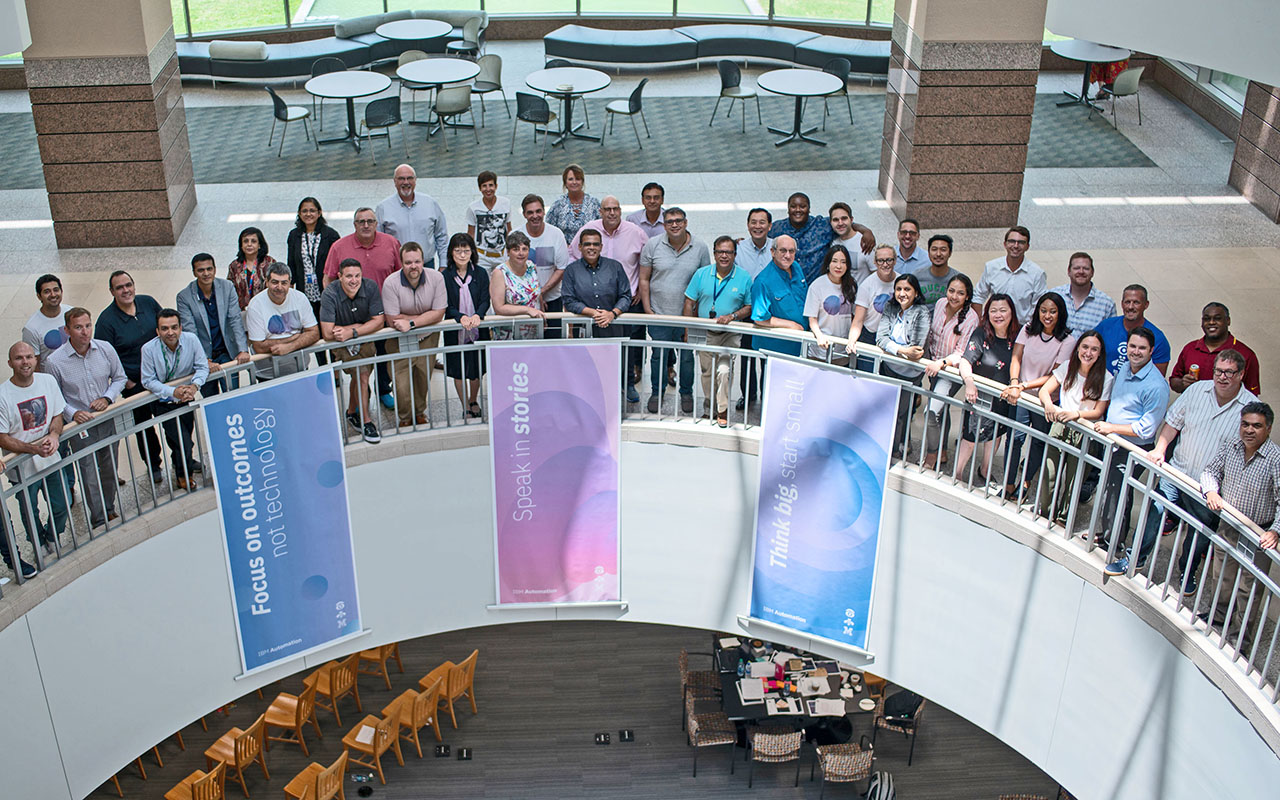
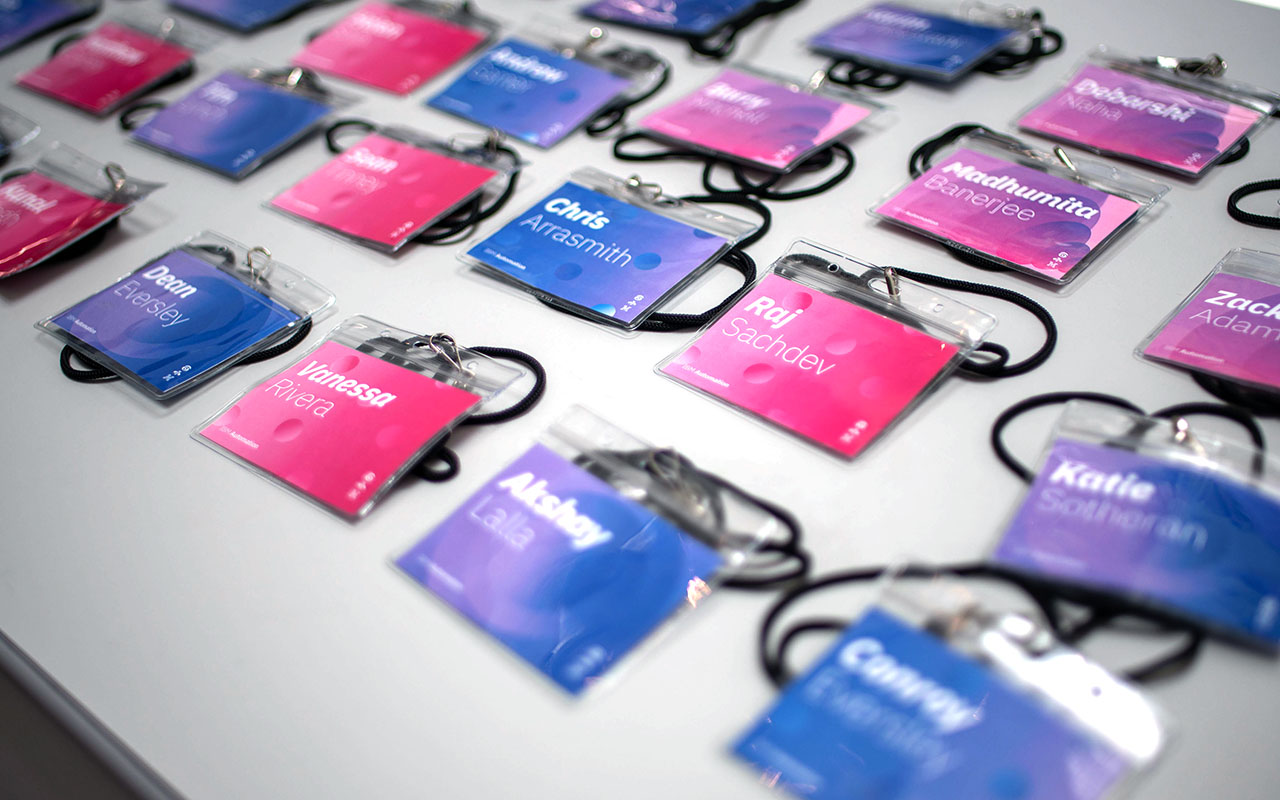
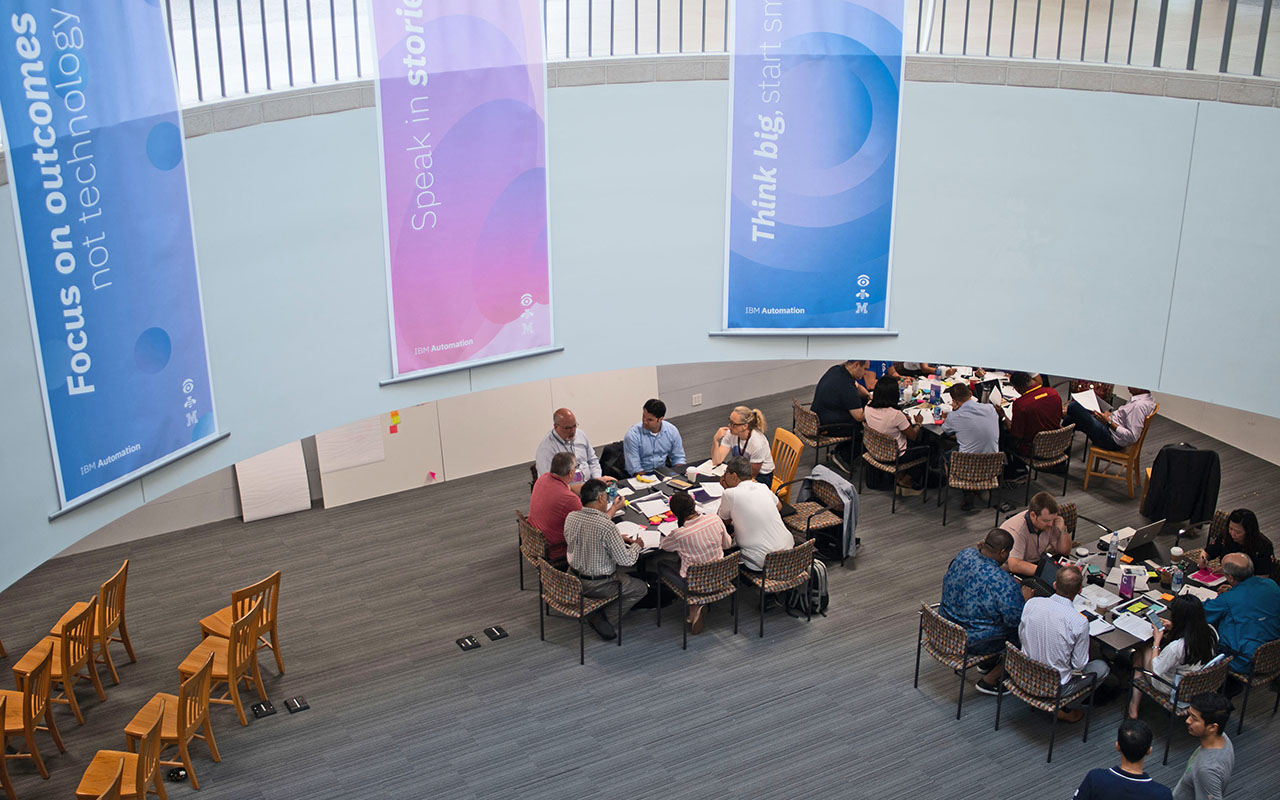
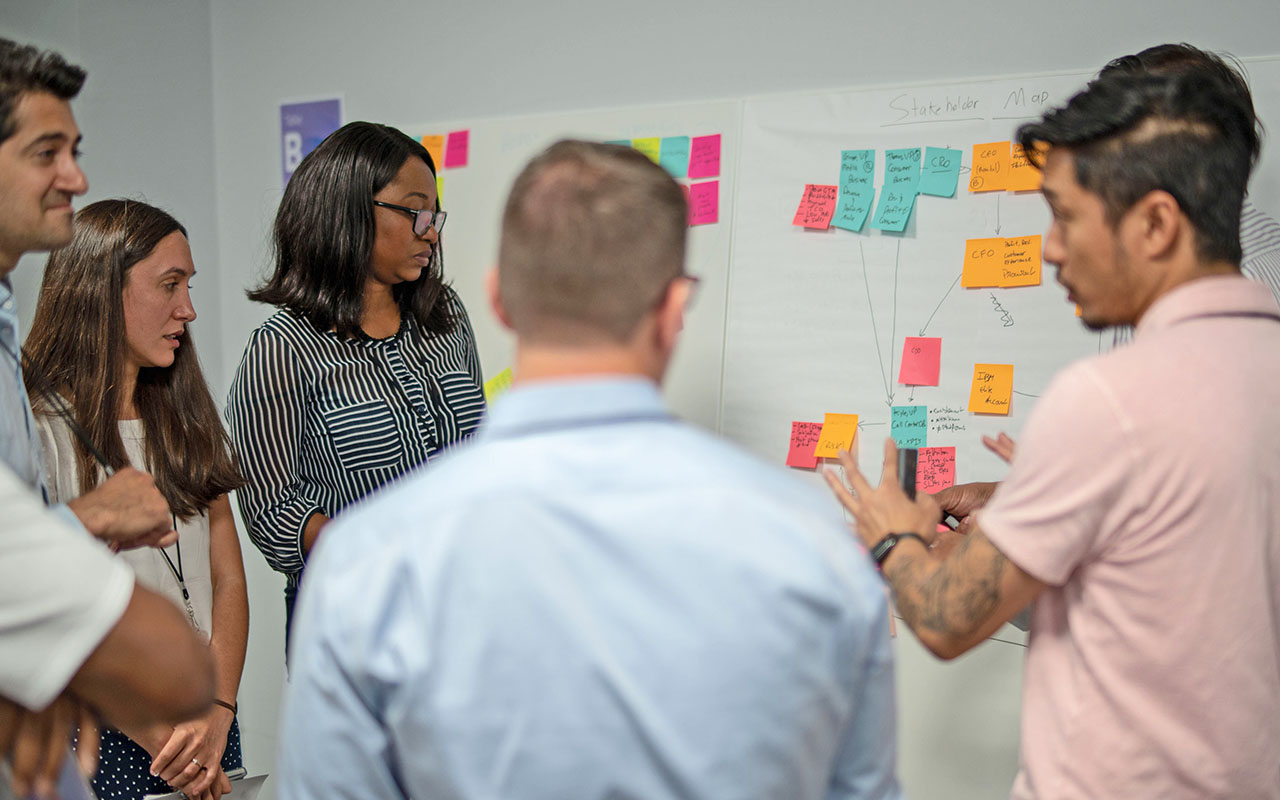
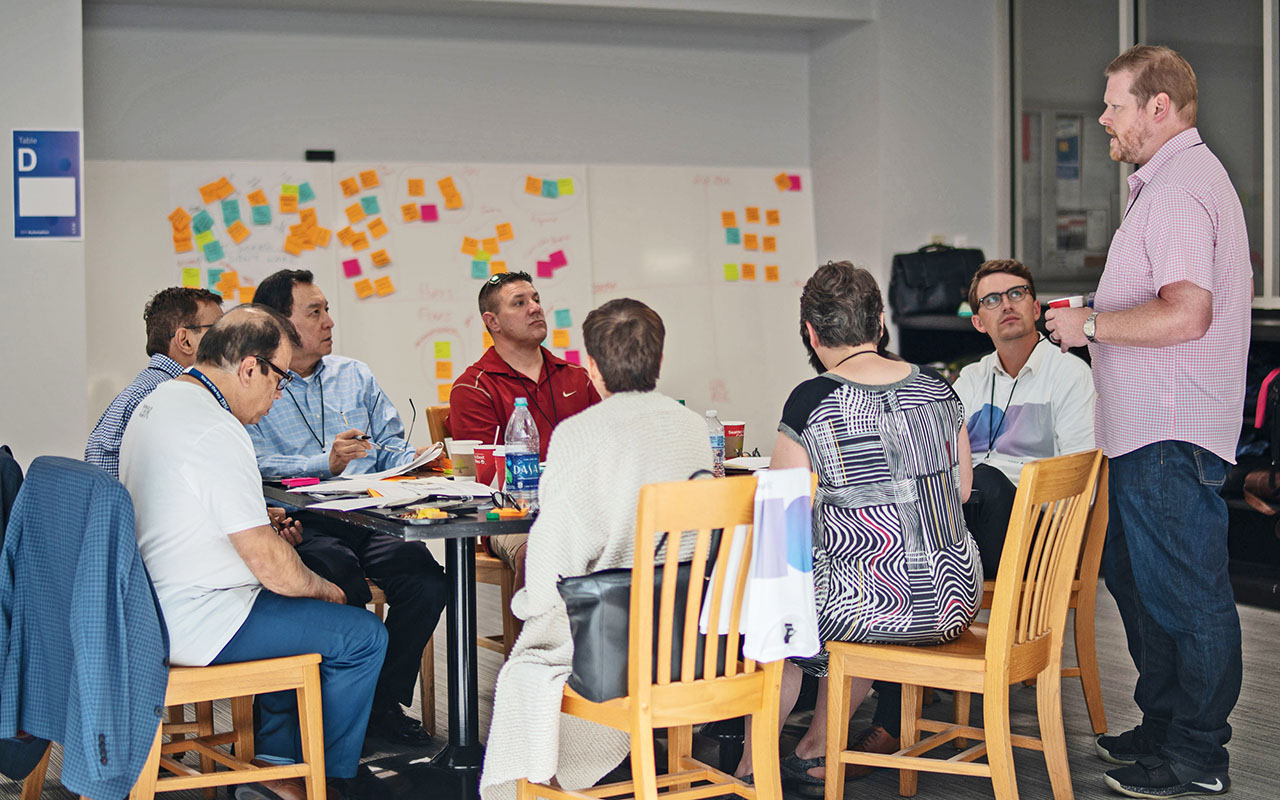


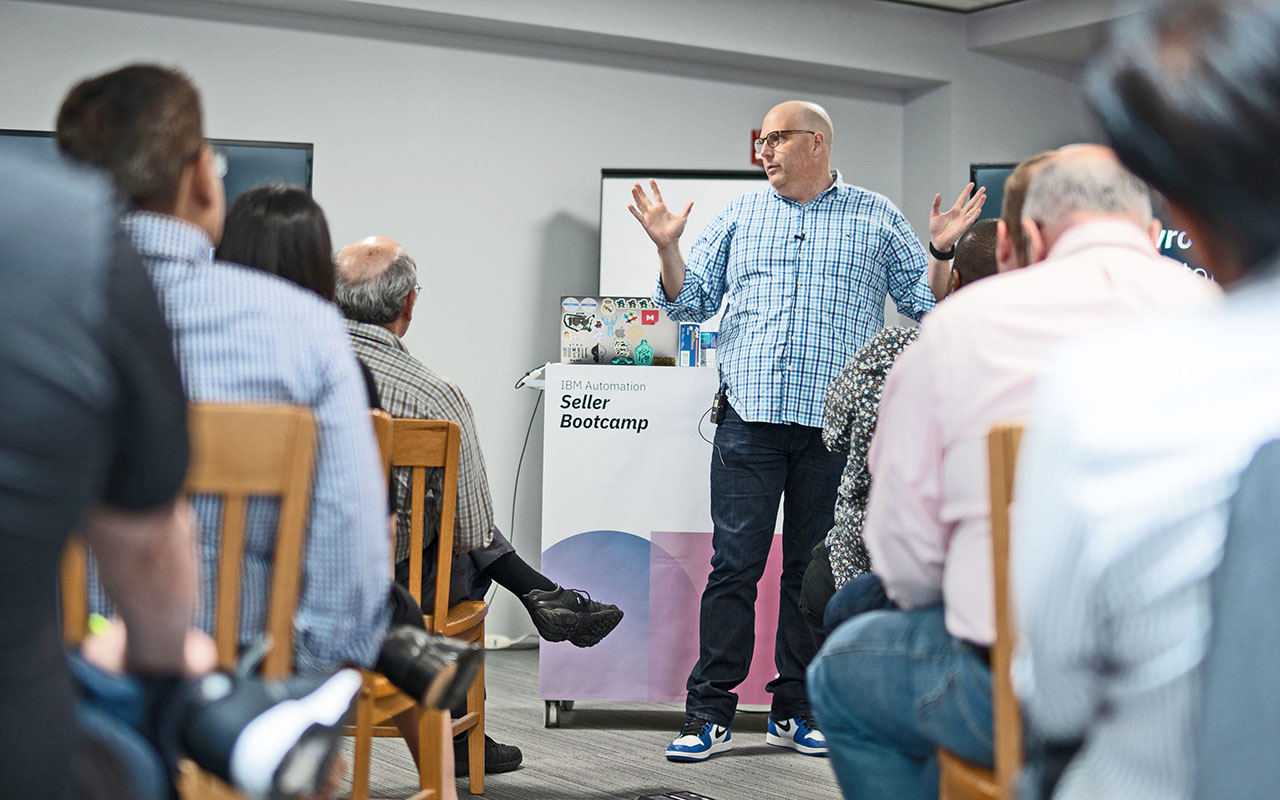
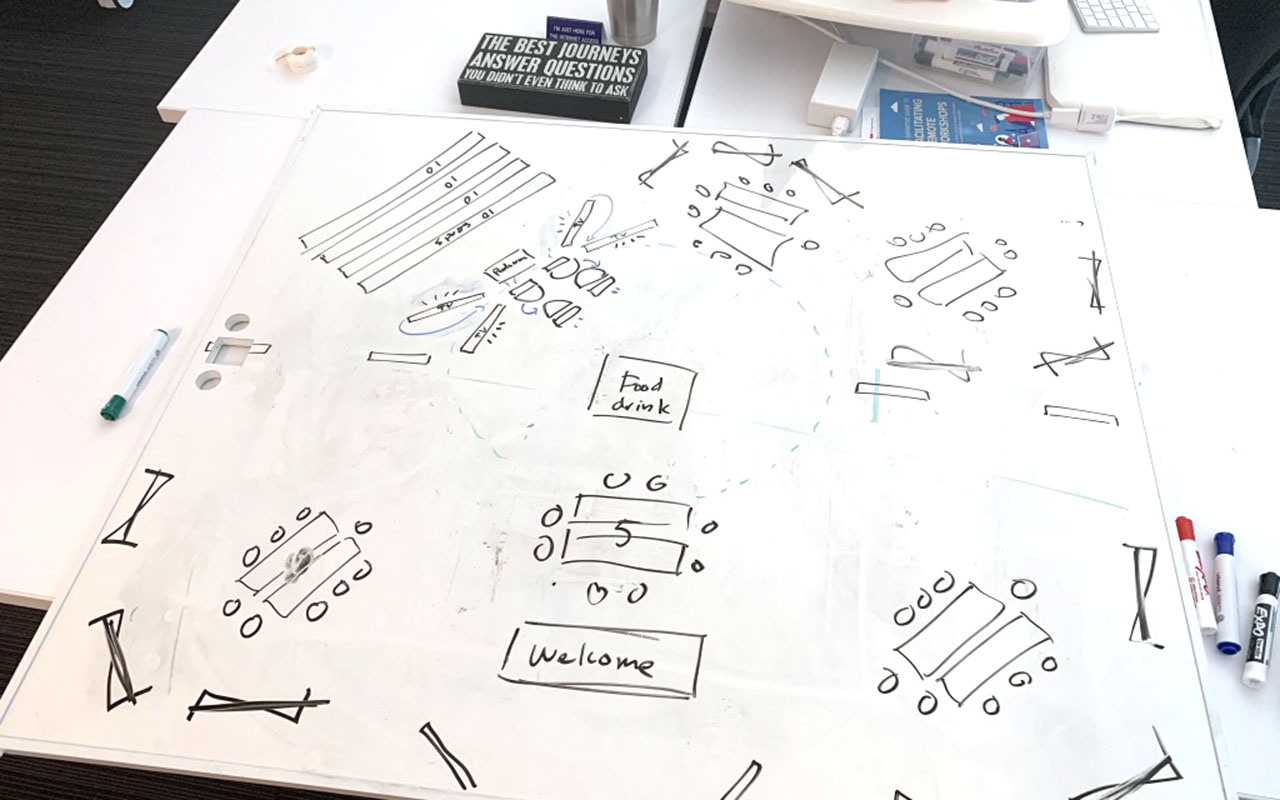
ALL THE TIME, I'M A DESIGN THINKING LEADER
THE QUESTION
THE DISCOVERY
THE APPROACH
THE OUTCOME
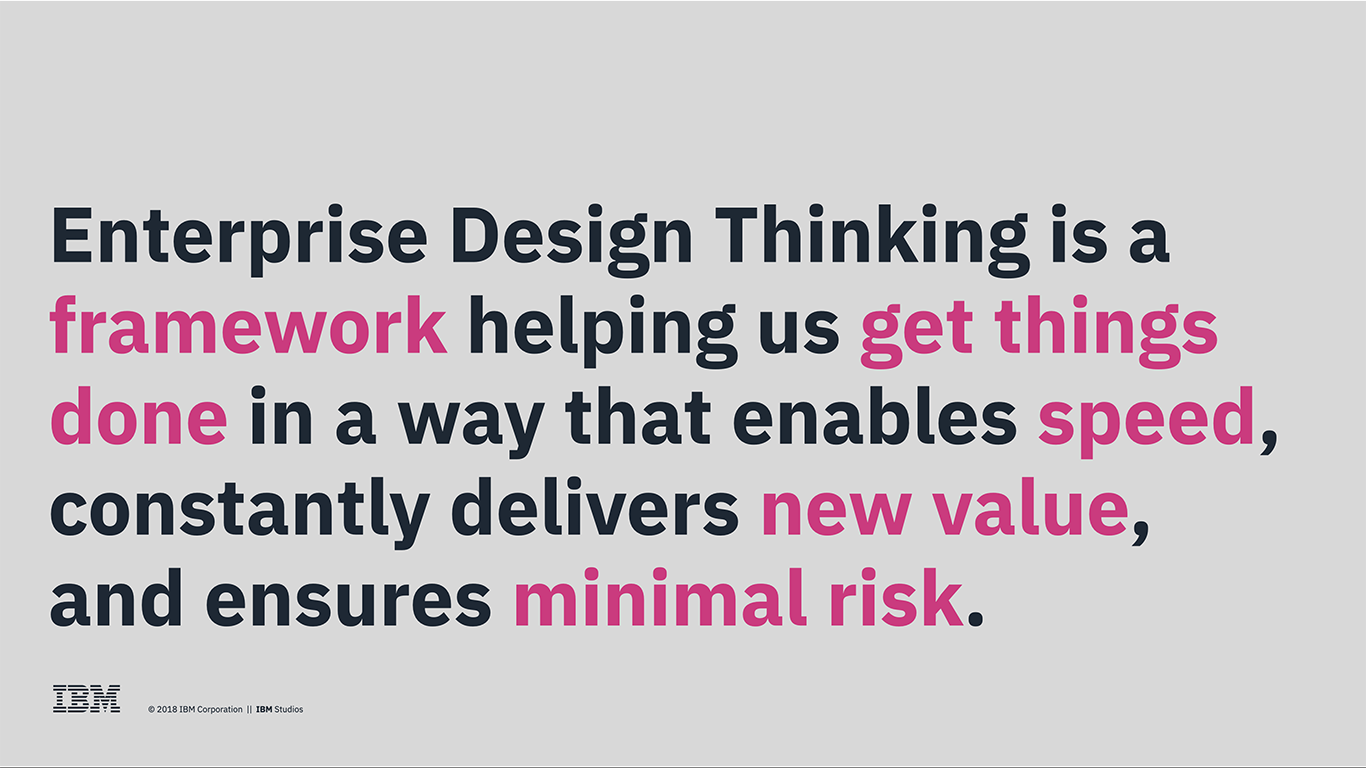


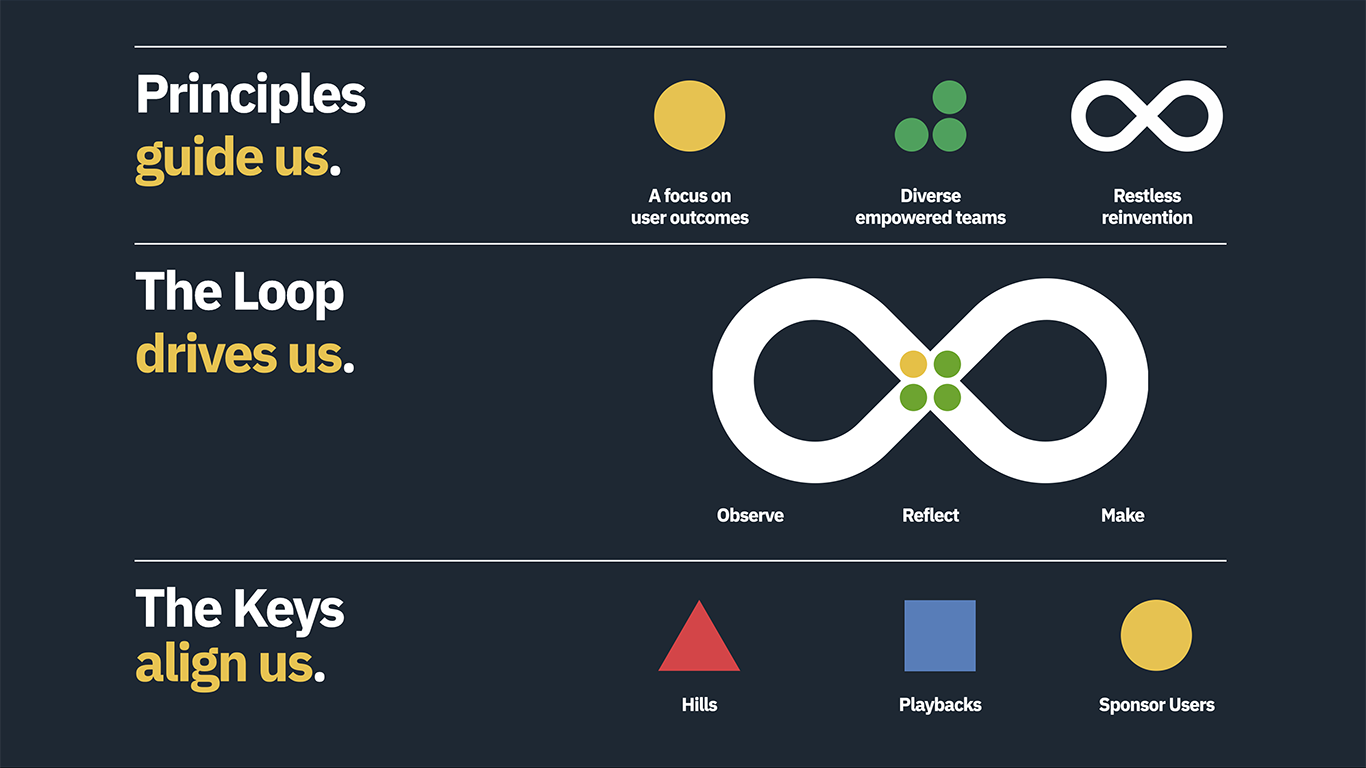
THE QUESTION
THE DISCOVERY
THE APPROACH
THE OUTCOME
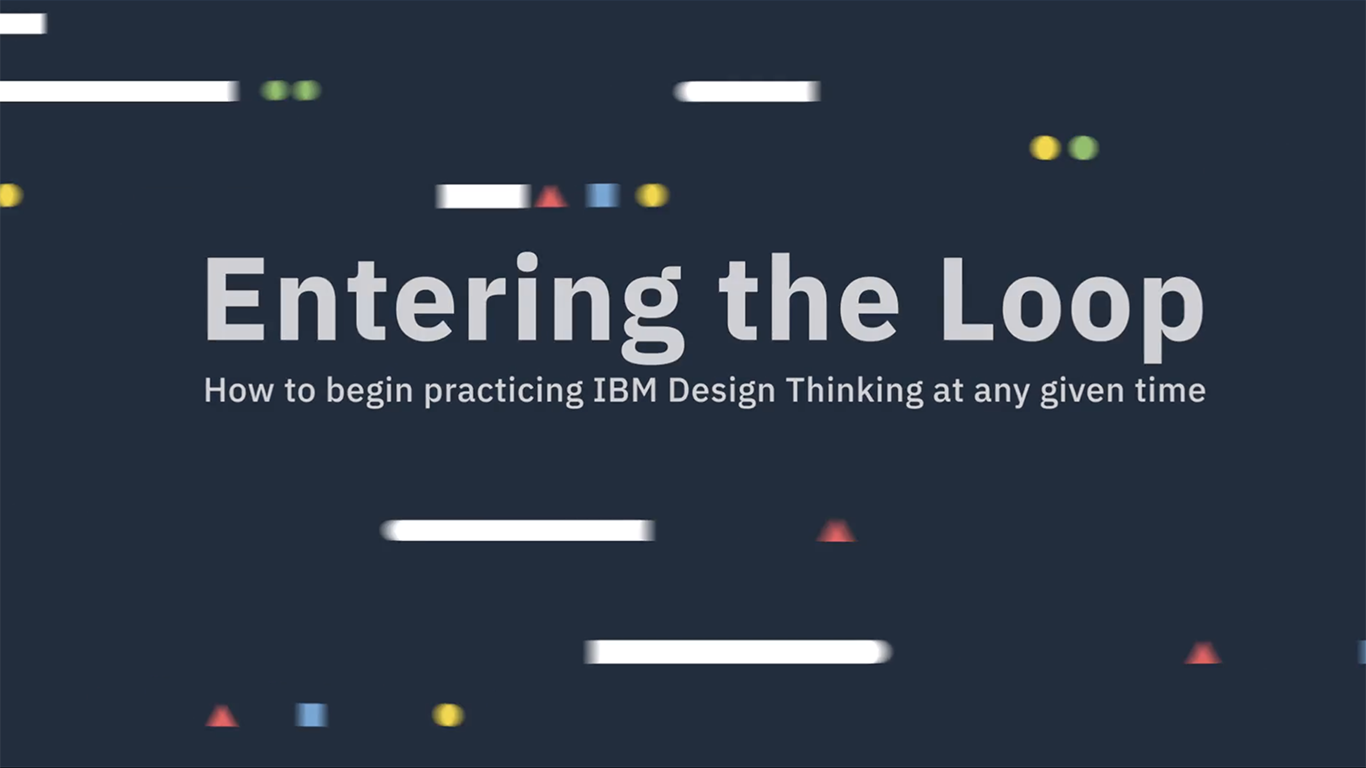

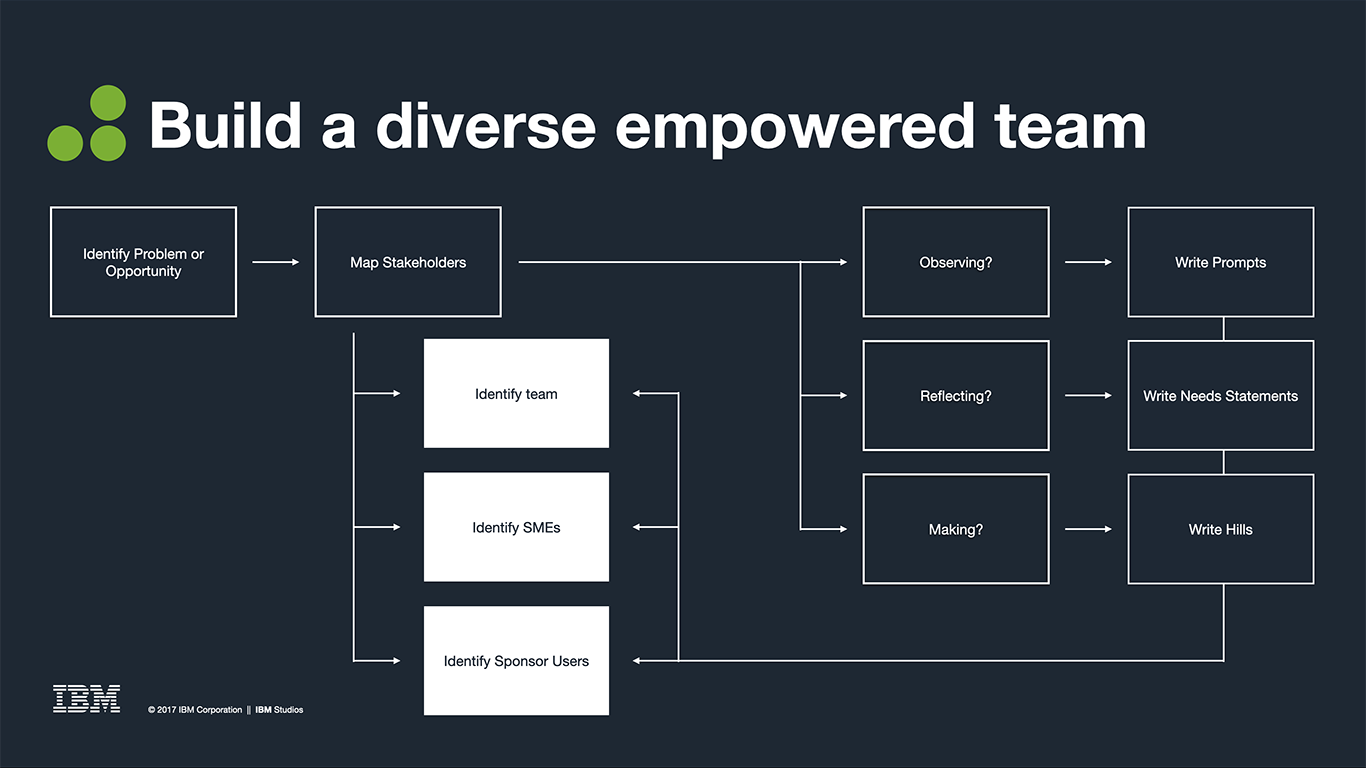
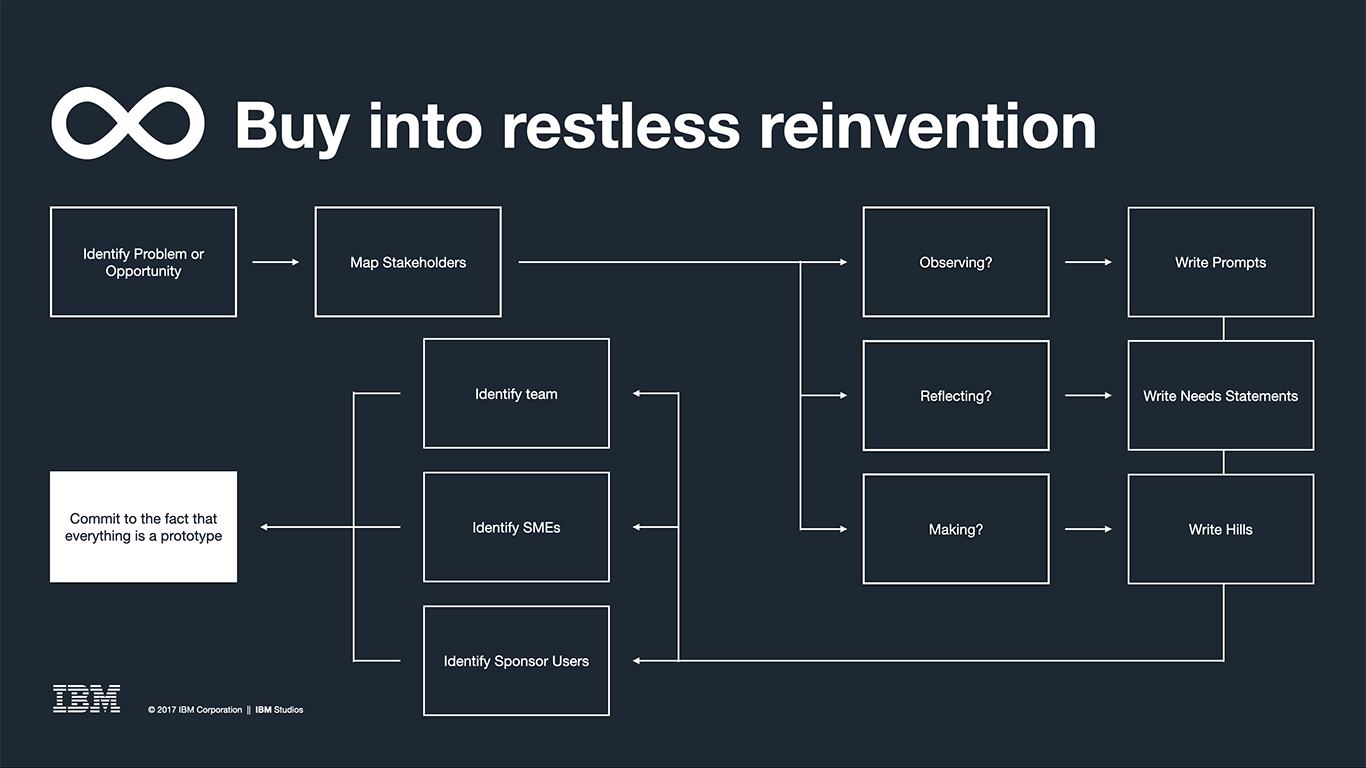
THE QUESTION
THE DISCOVERY
THE APPROACH
THE OUTCOME
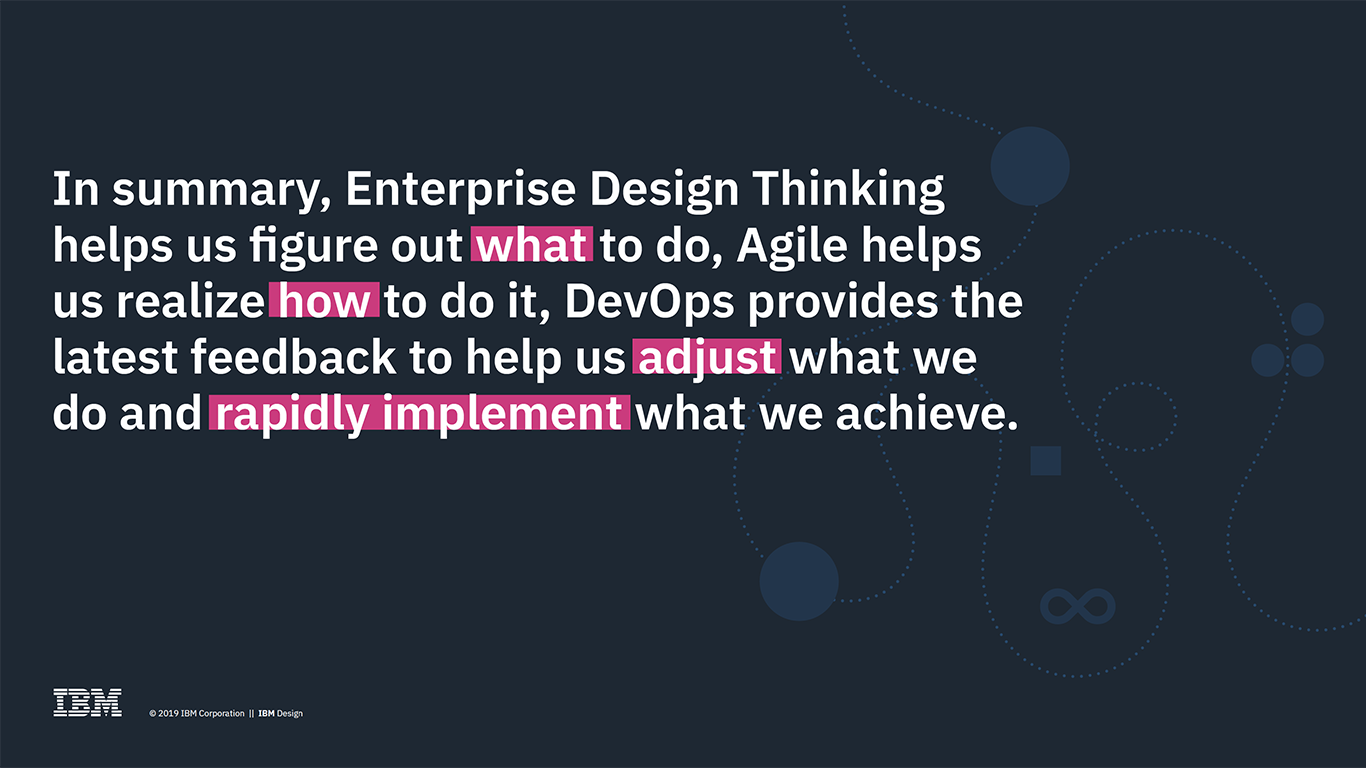

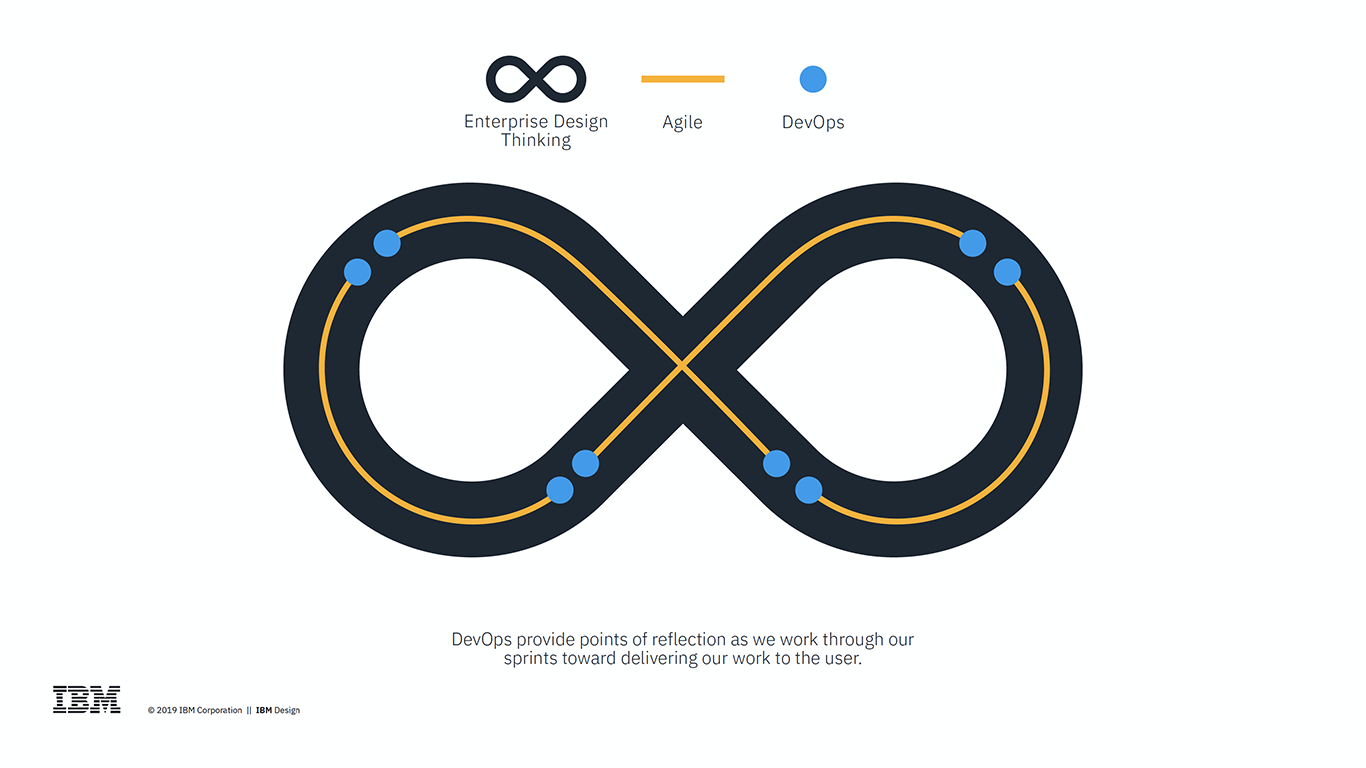
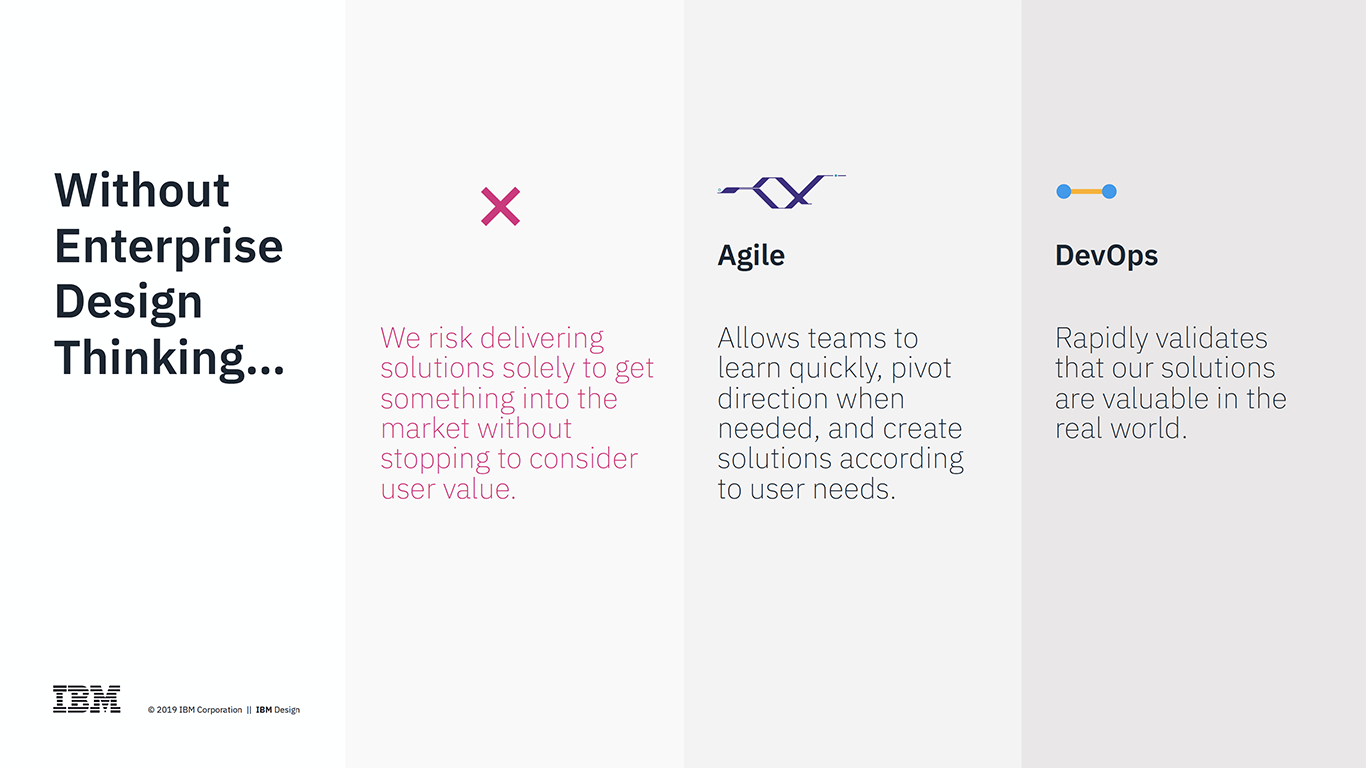
GENERALLY, I'M A NOMAD
A BIT MORE ABOUT ME
MY PATH SO FAR
Rocket Central
2022–2023
VP, Experience Design
Goods & Services
2021–2022
Global Design Strategist
and Enterprise Design Thinking Leader
IBM
2016–2021
Creative Director
Multiple Advertising Agencies
2012–2016
Copywriter
Multiple Advertising Agencies
2005–2012
MY CLIENT PARTNERS
2K Games
Best Buy
The Kraft Heinz Company
Wawa
Education
Pearson
Regent University
Texas School for the Deaf
Finance
Chubb
PayPal
PNC Bank
Raymond James
Healthcare
Aetna
Florida Hospital
Oil & Gas
BP
Shell
Tech
AMD
Dell
Microsoft
Teradata
Telecom
AT&T
Cablevision
Telstra
Verizon
Travel
American Airlines
Etihad Airways
La Quinta
Southwest Airlines
Among others